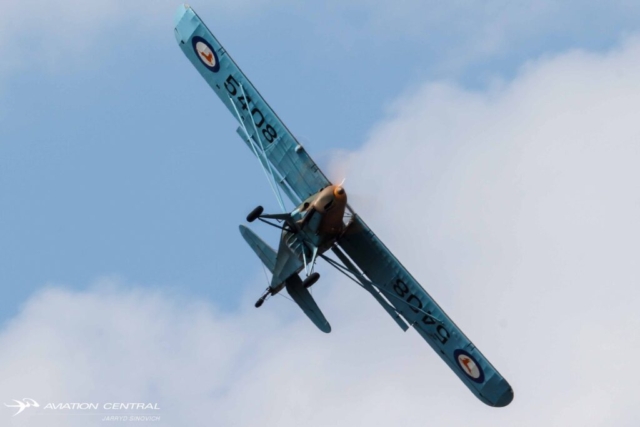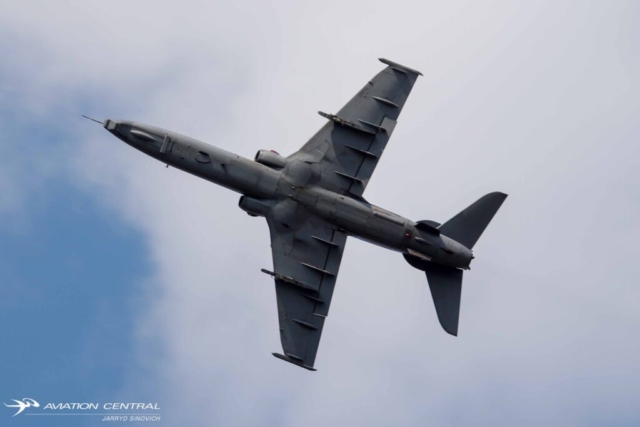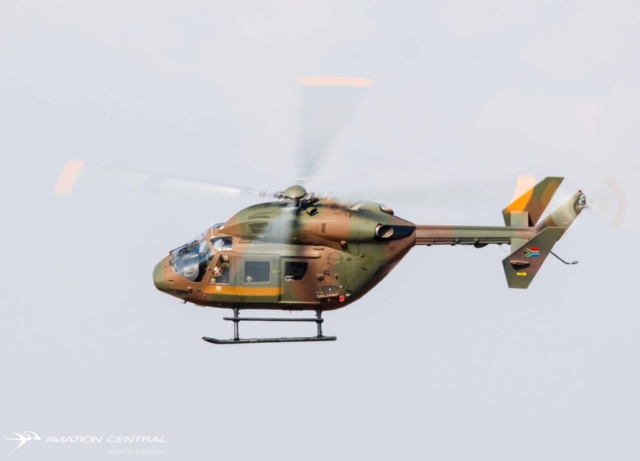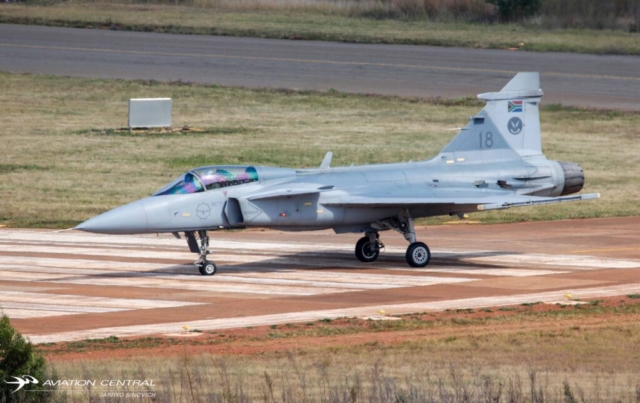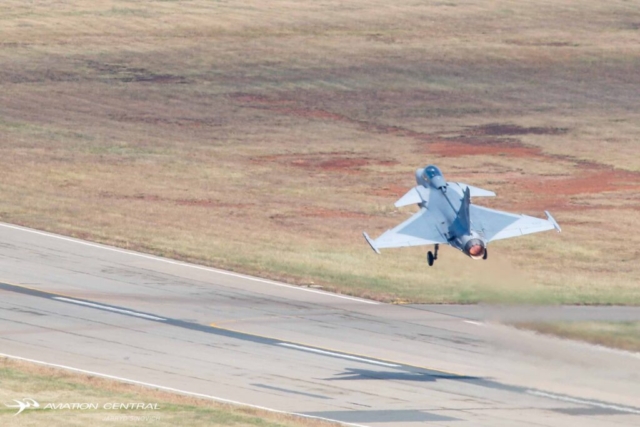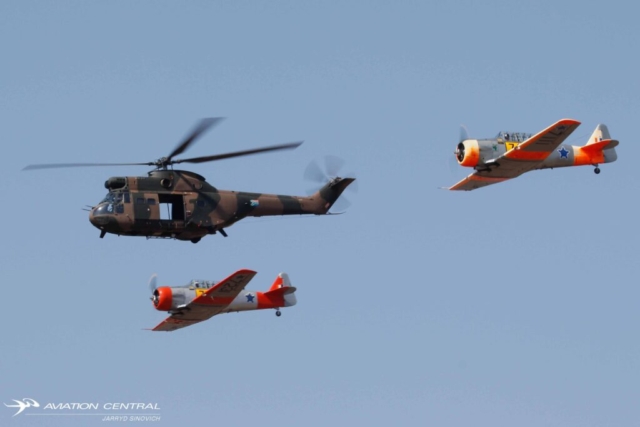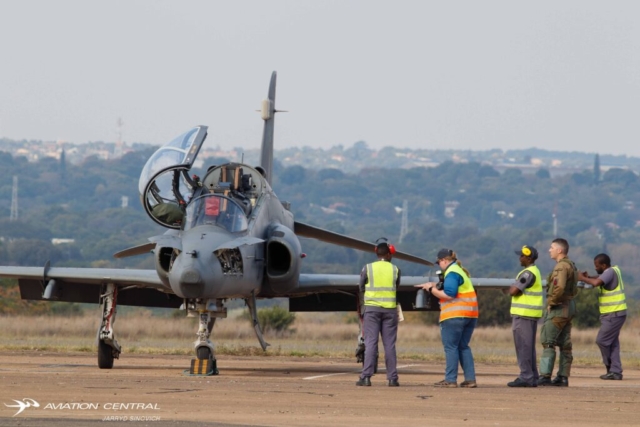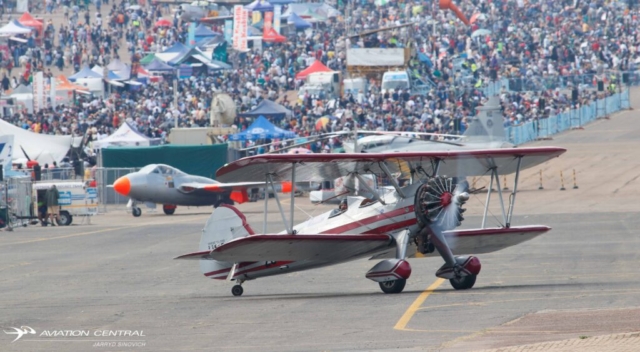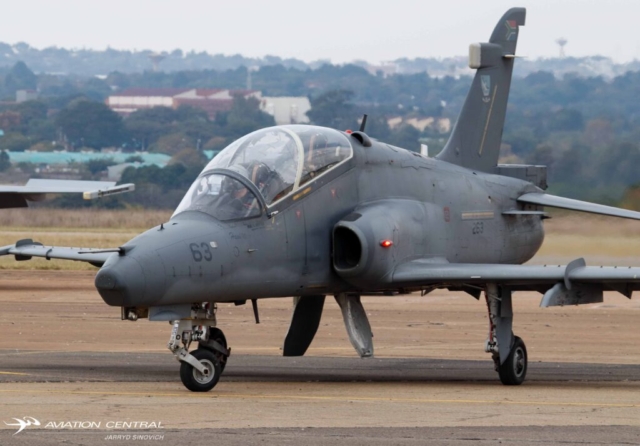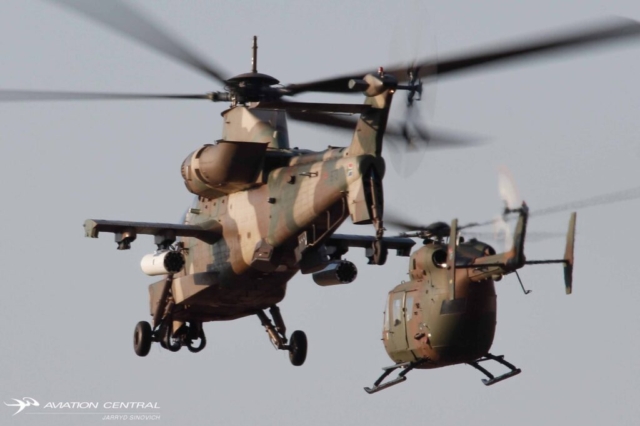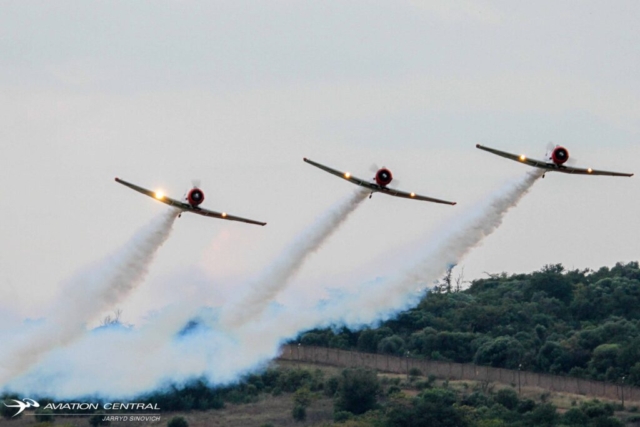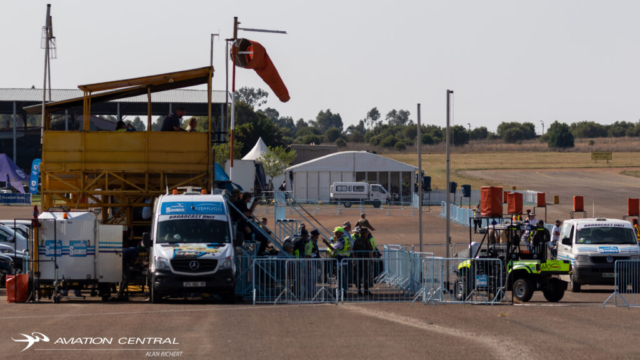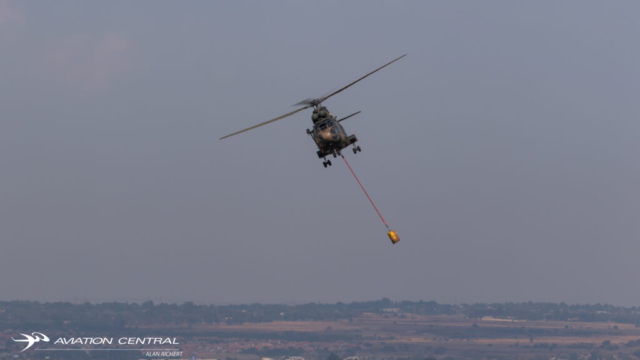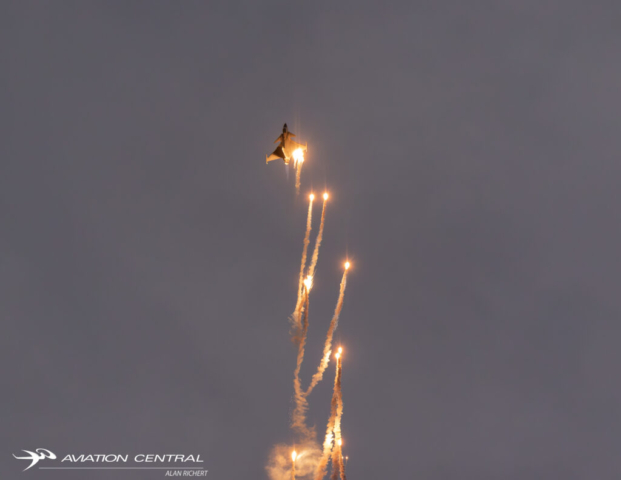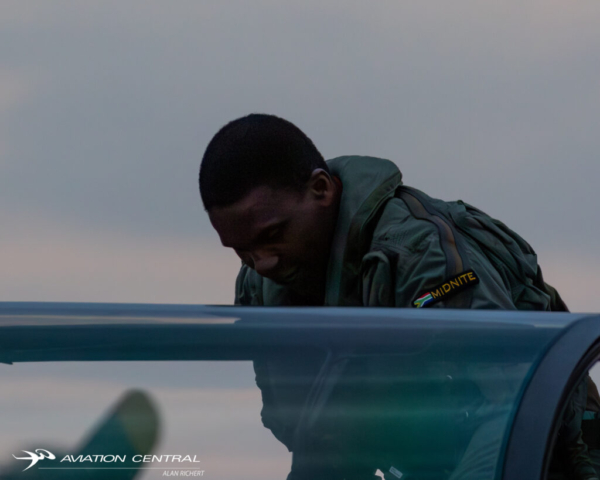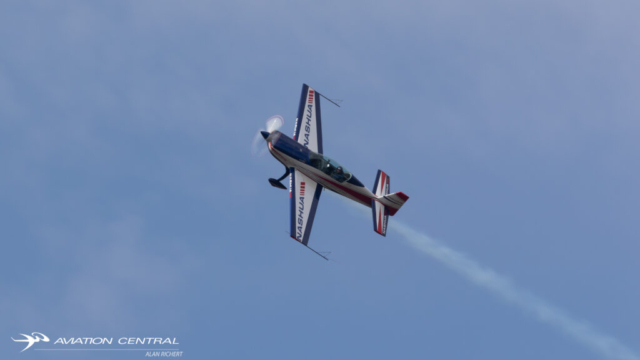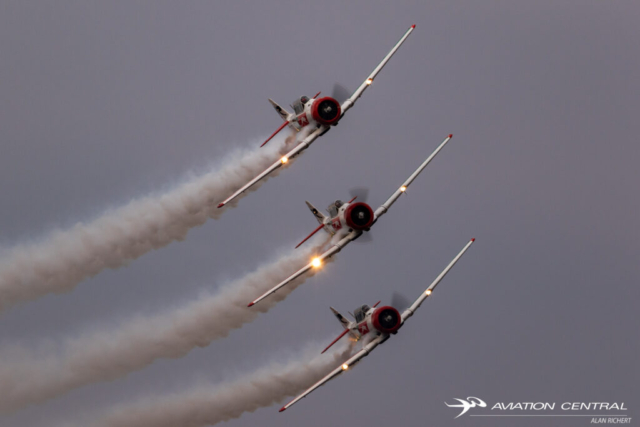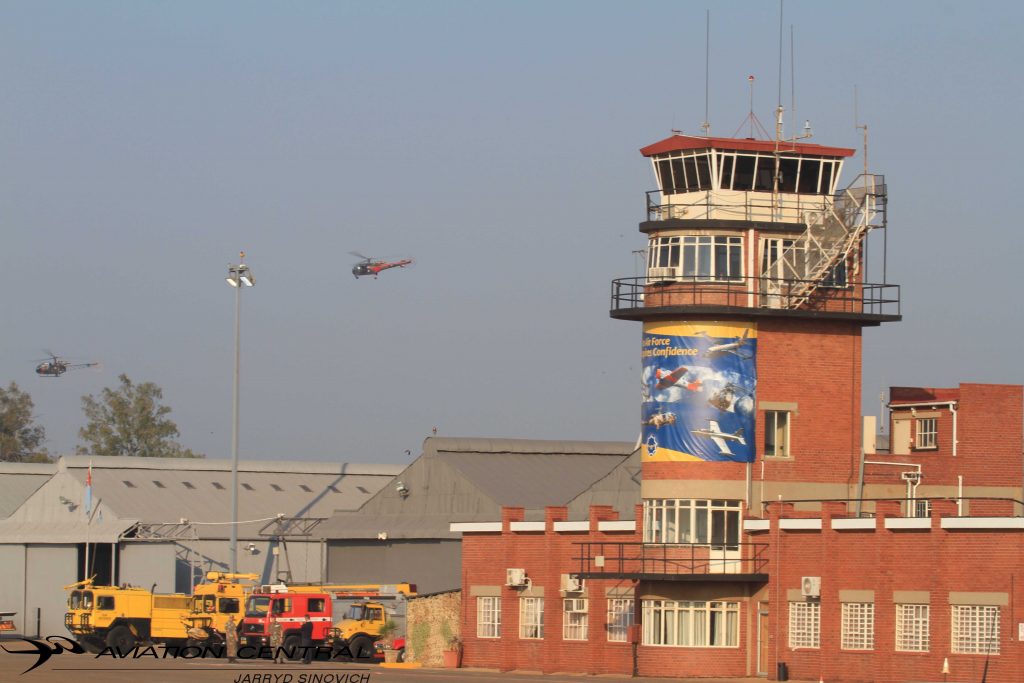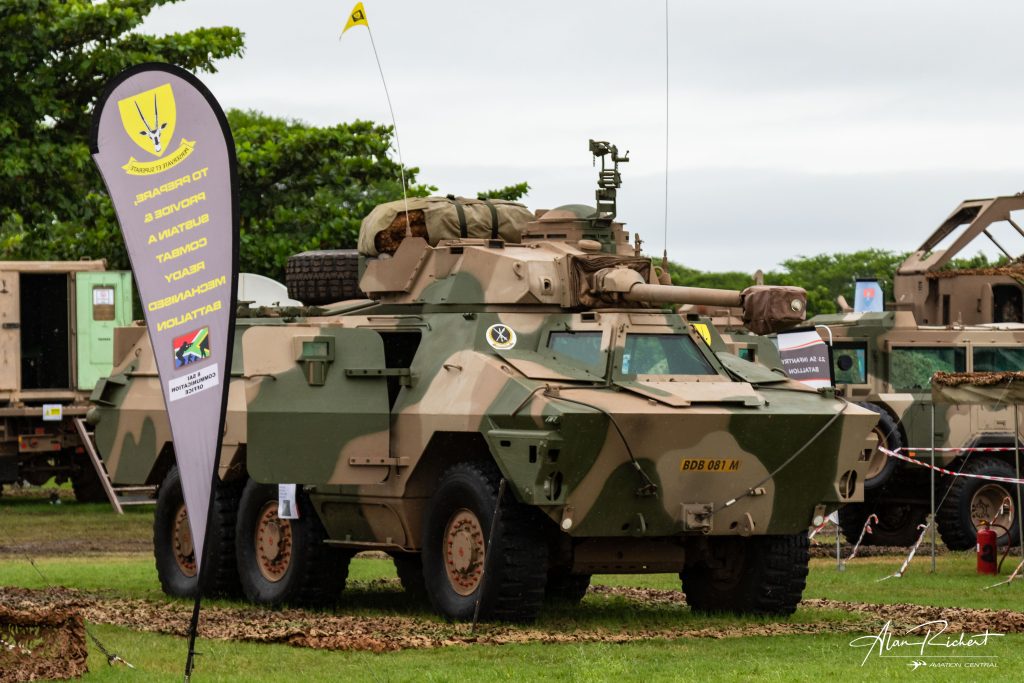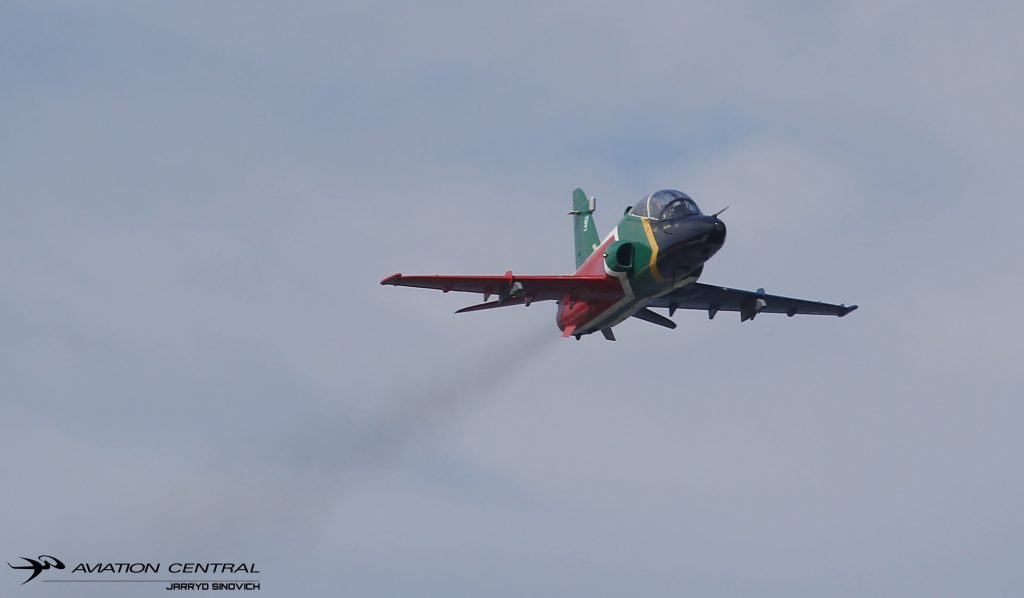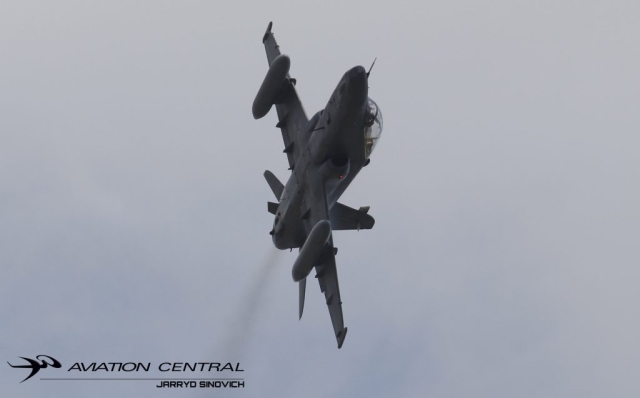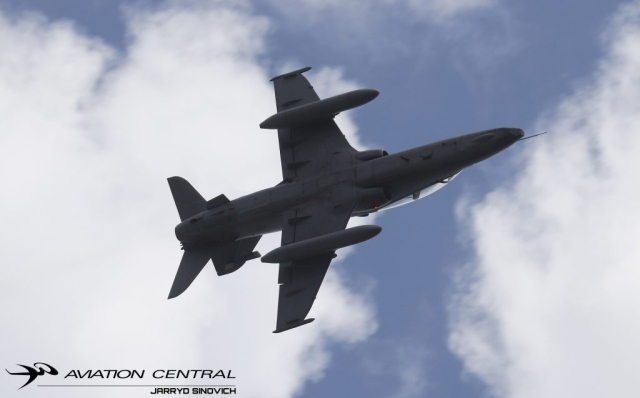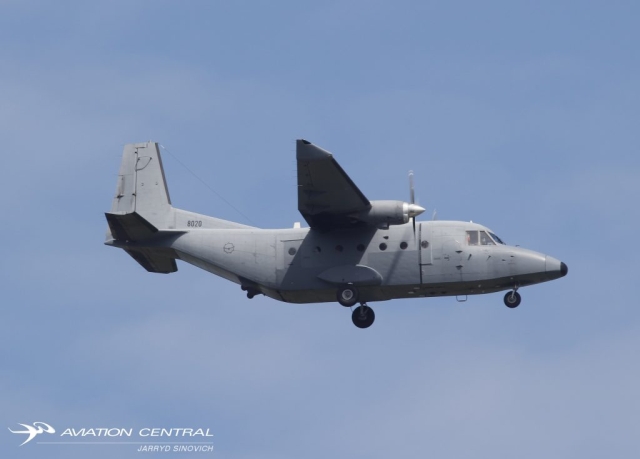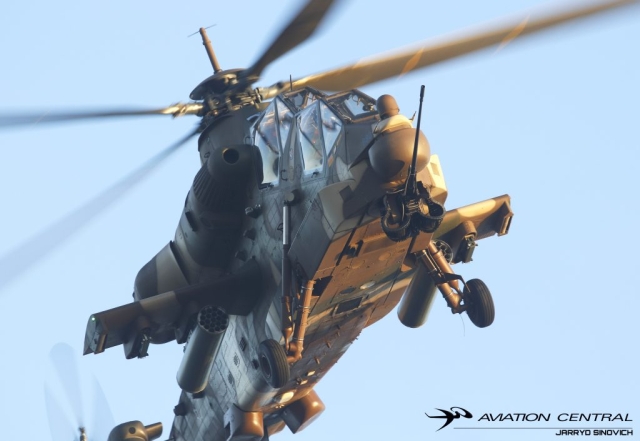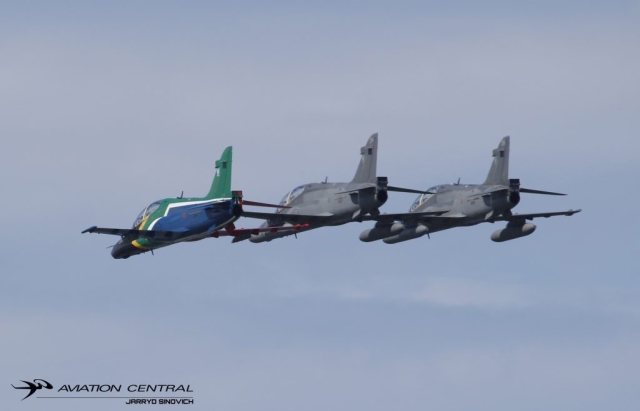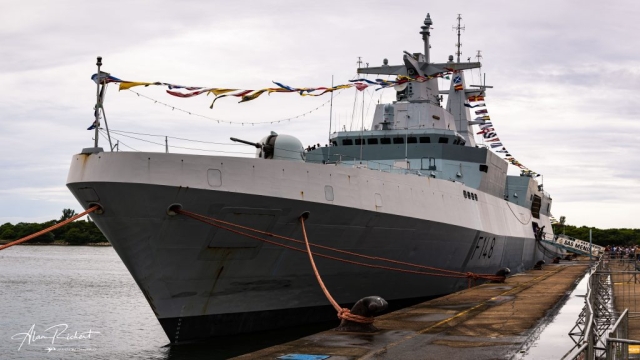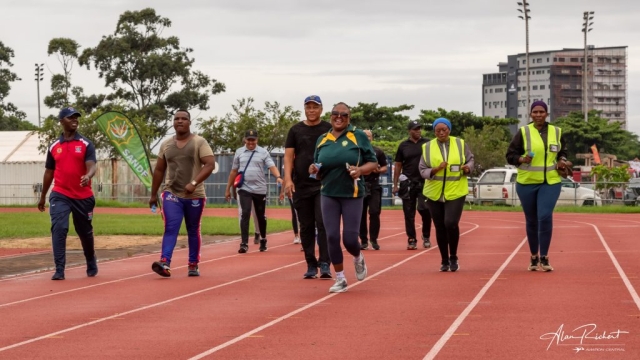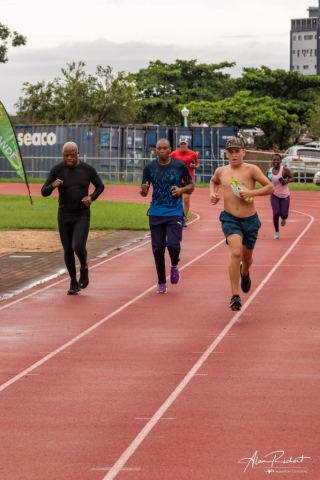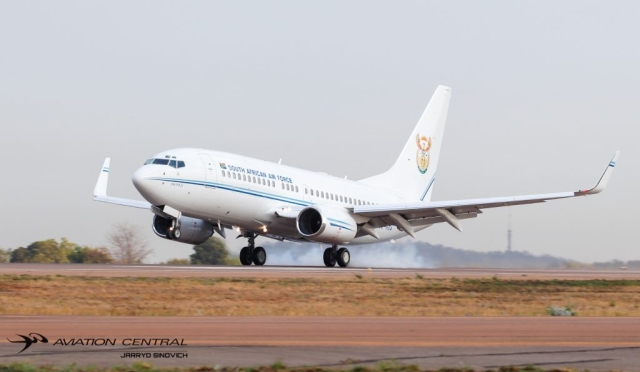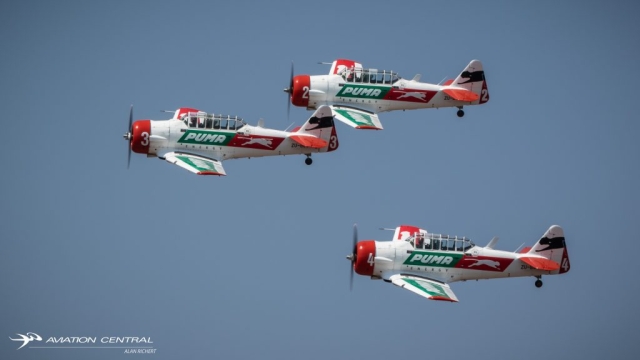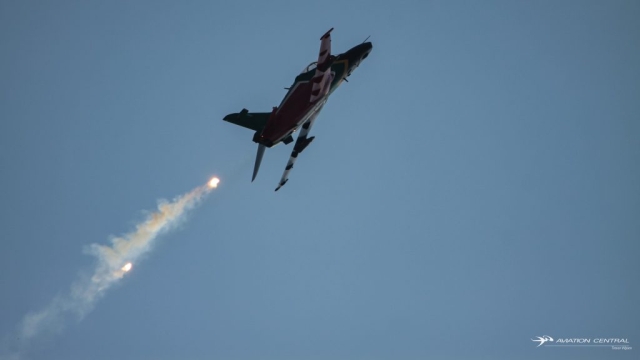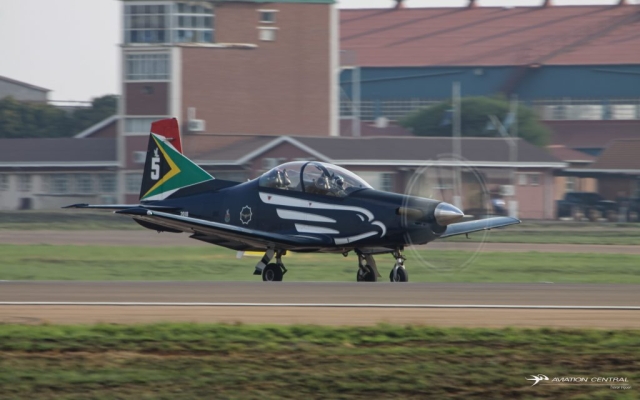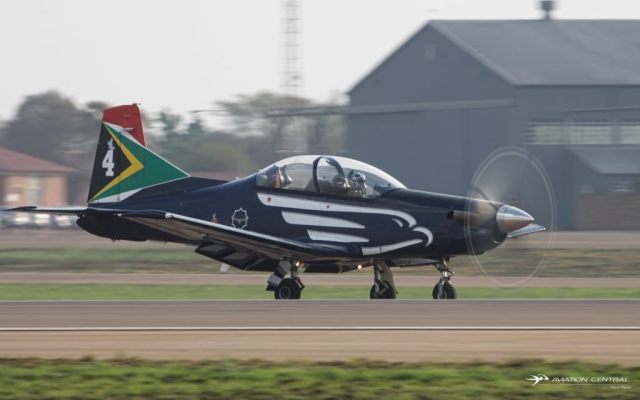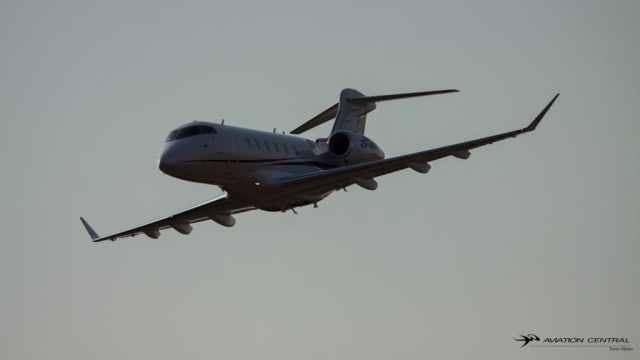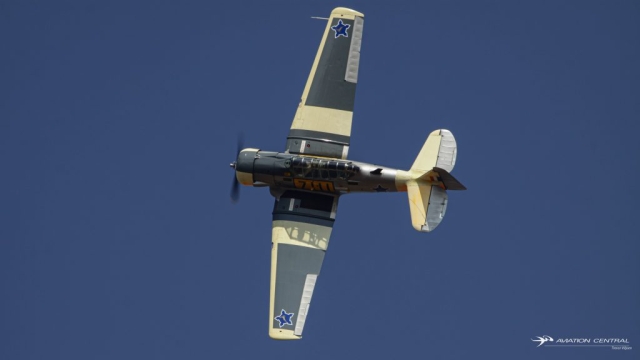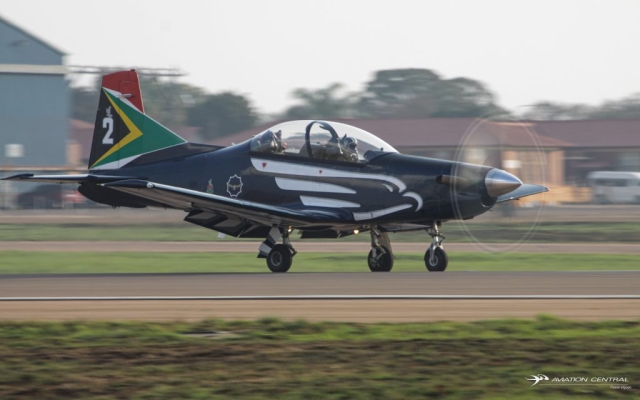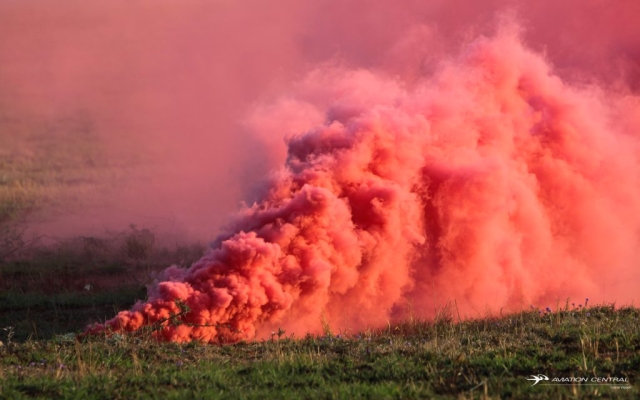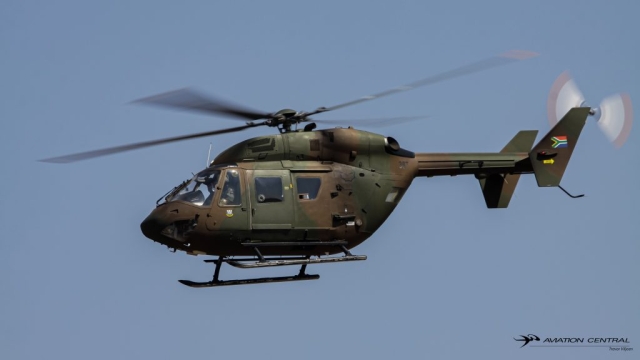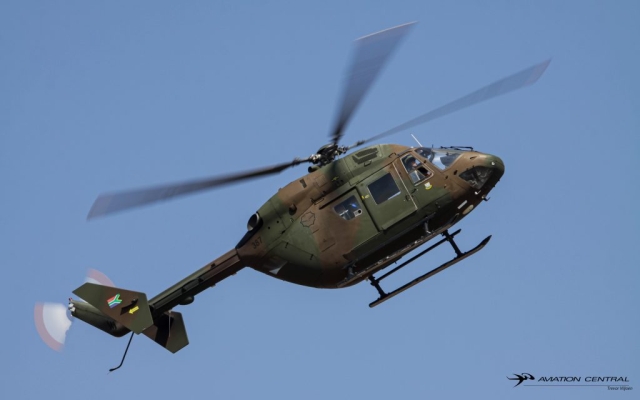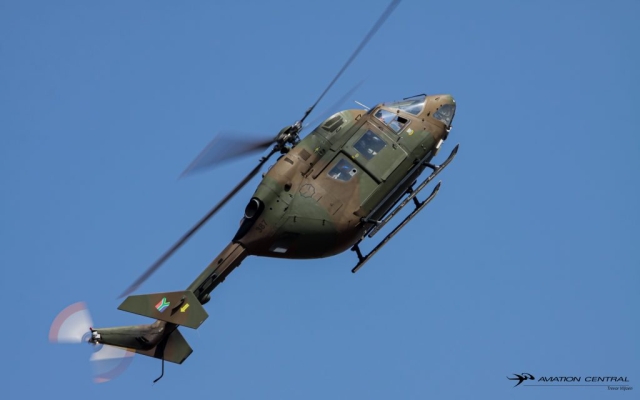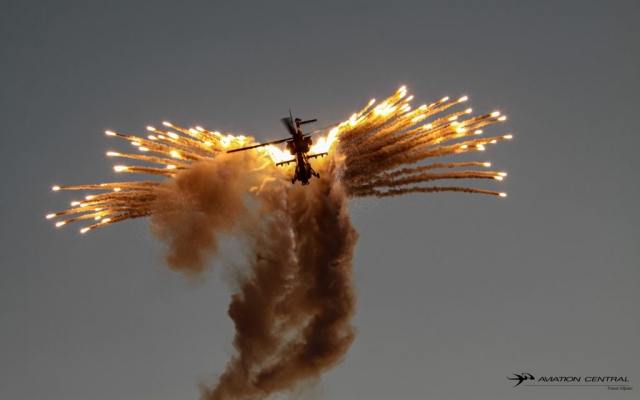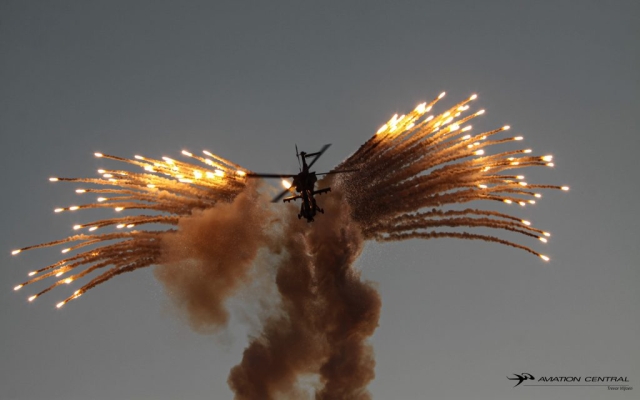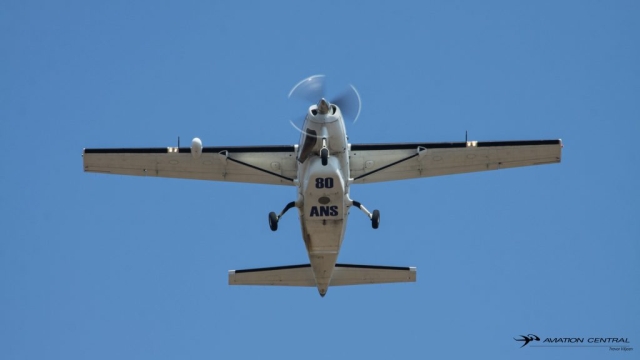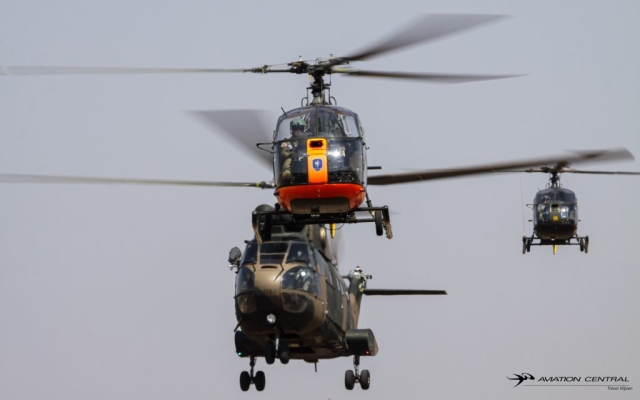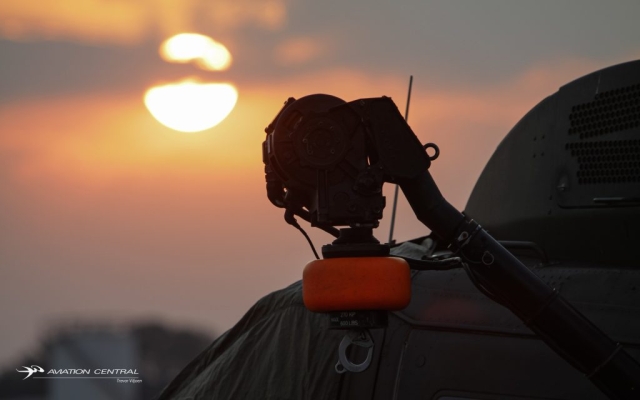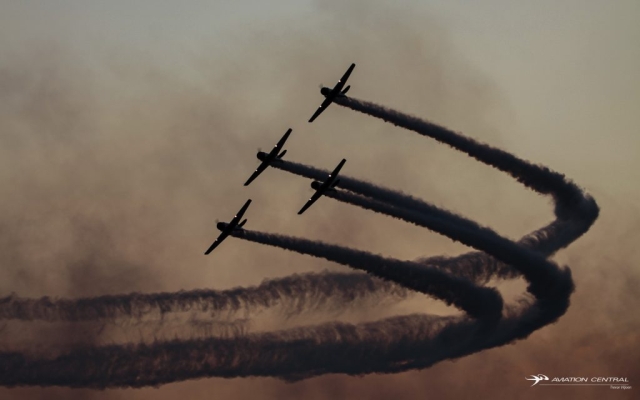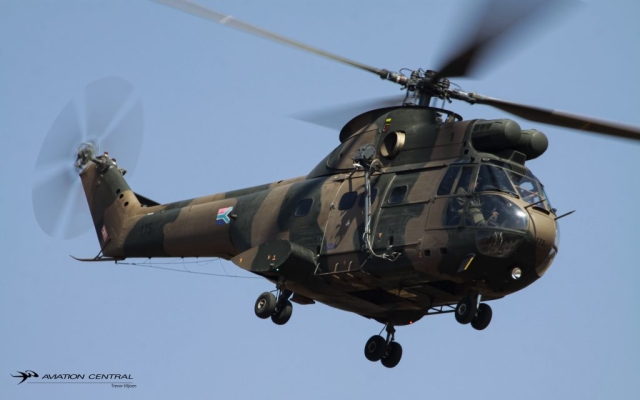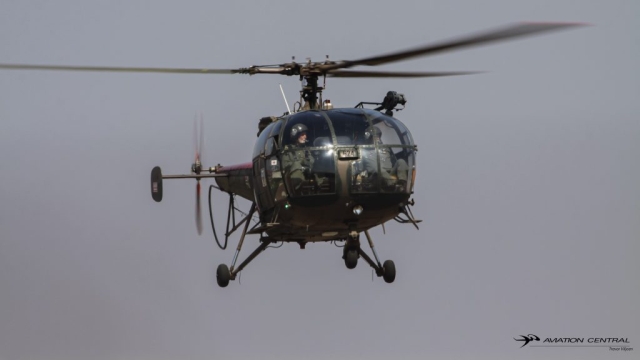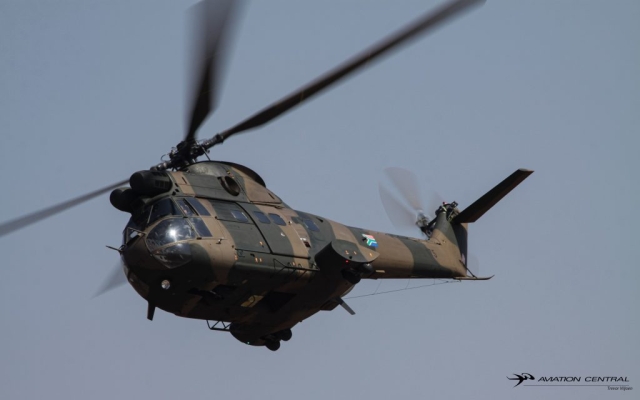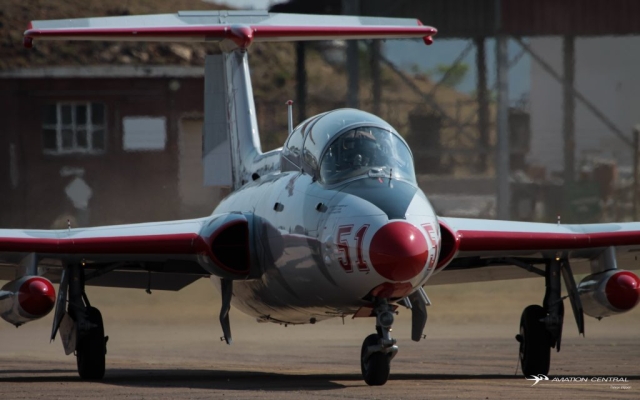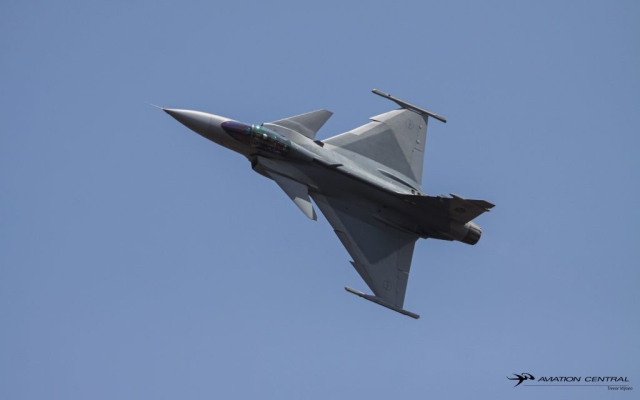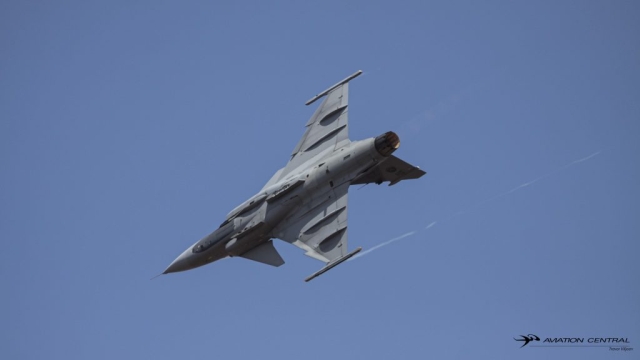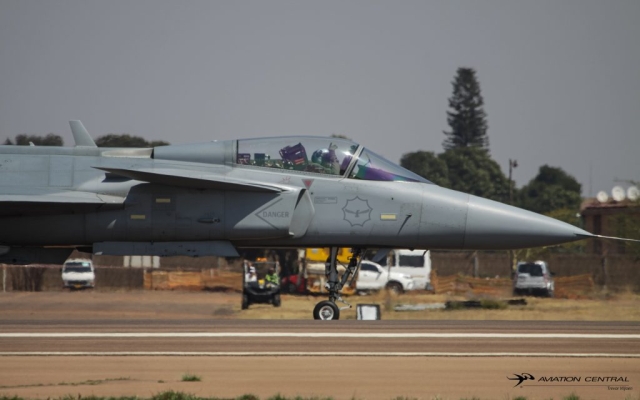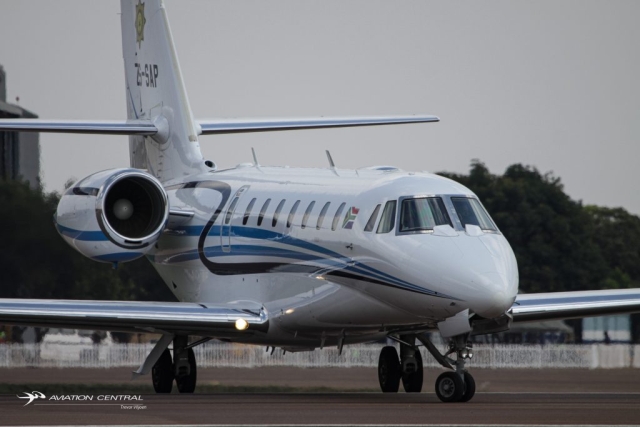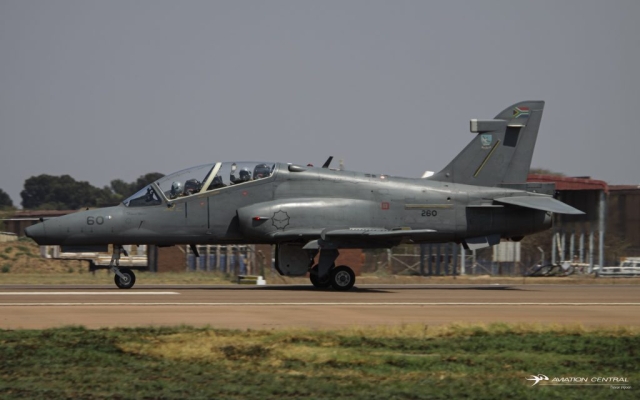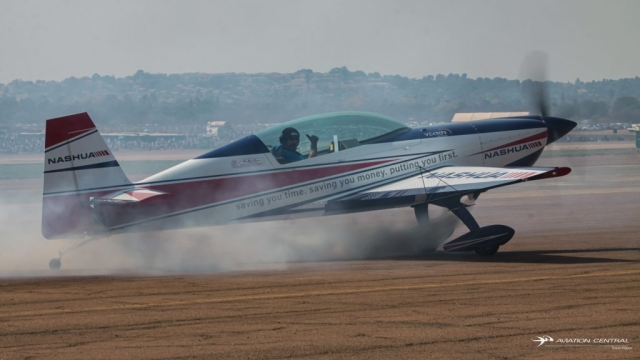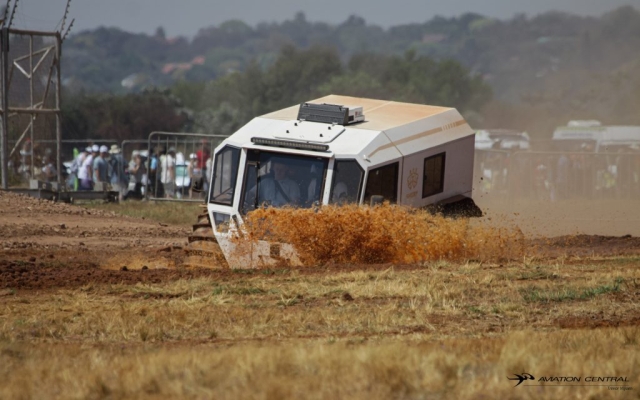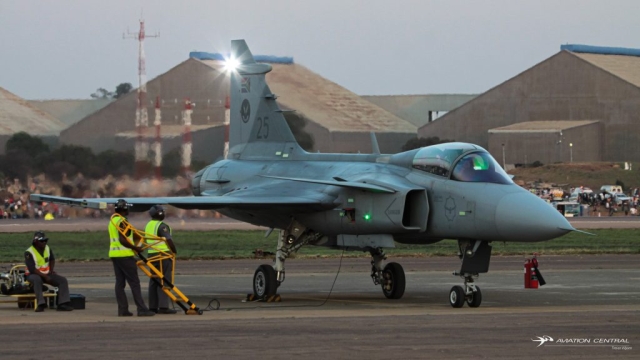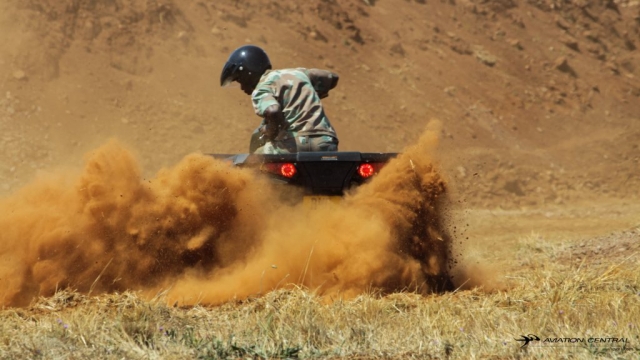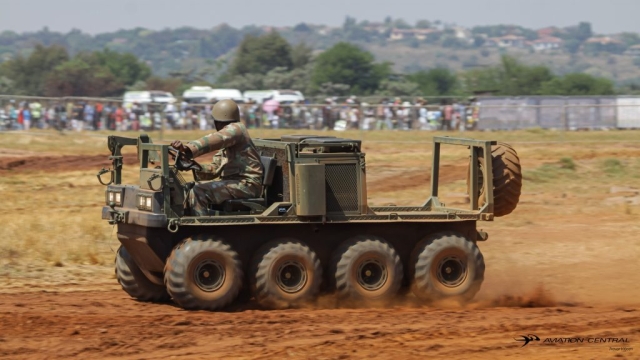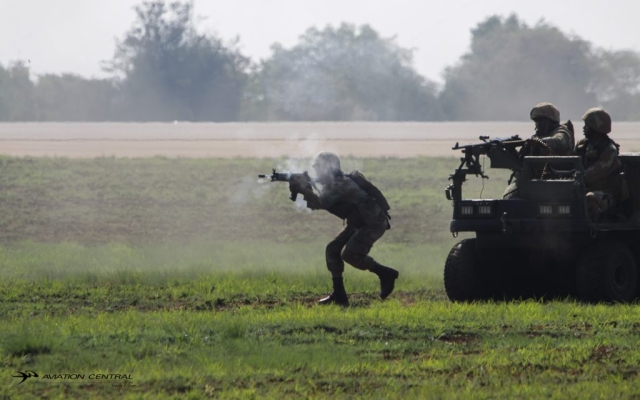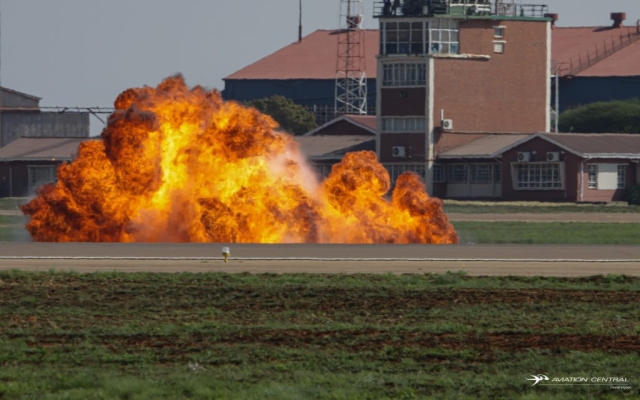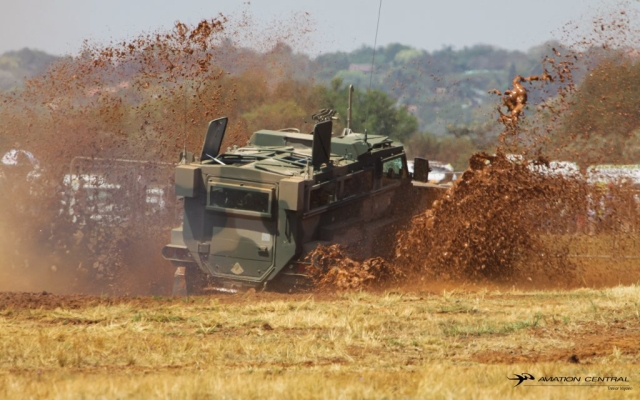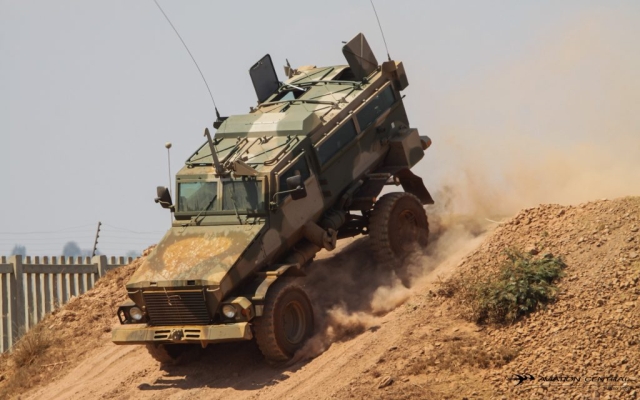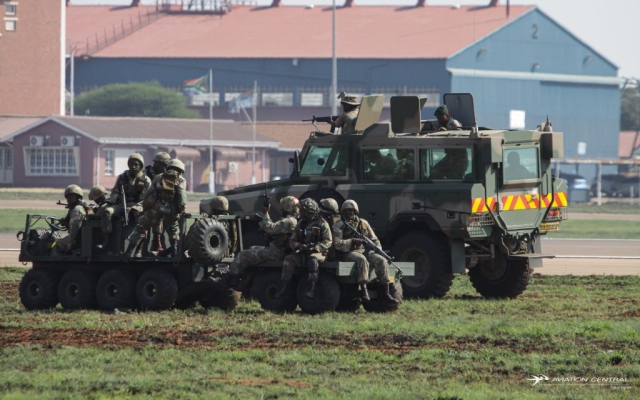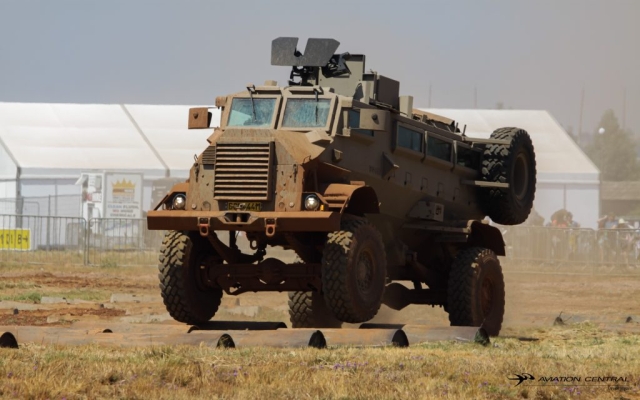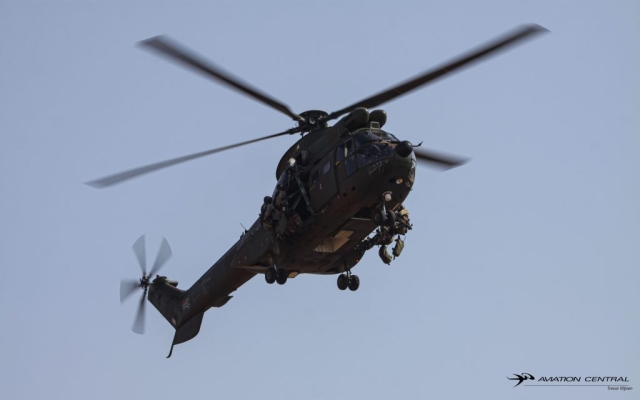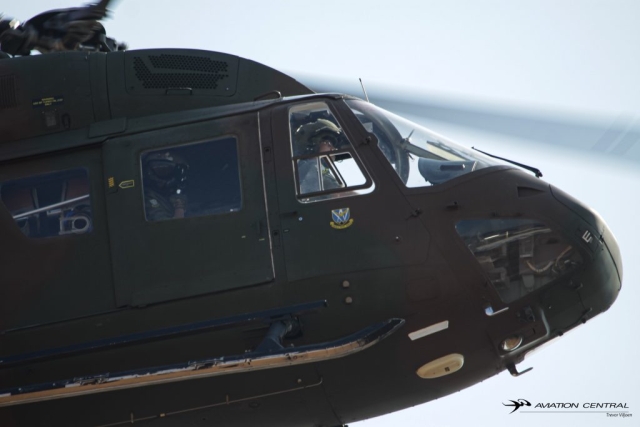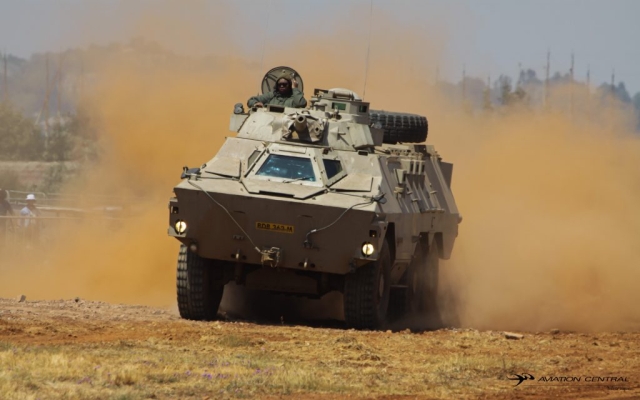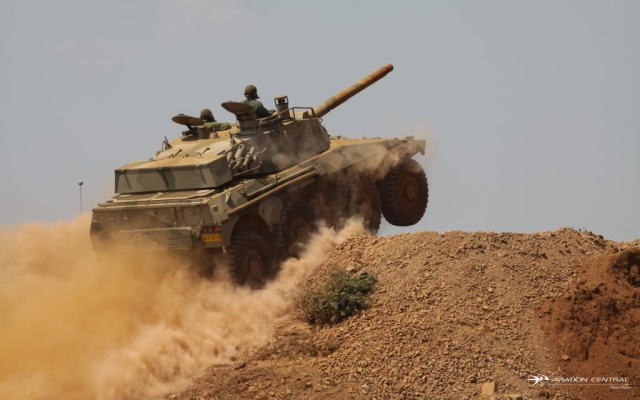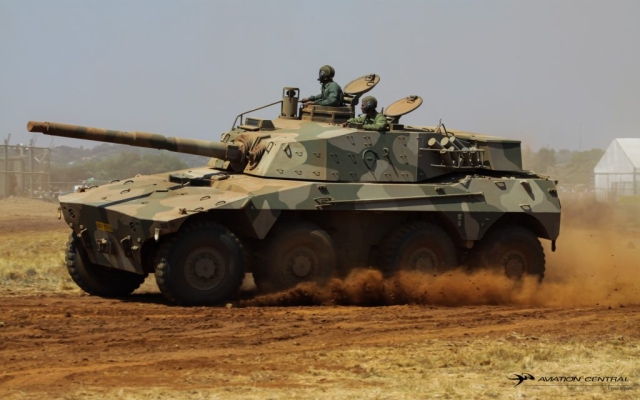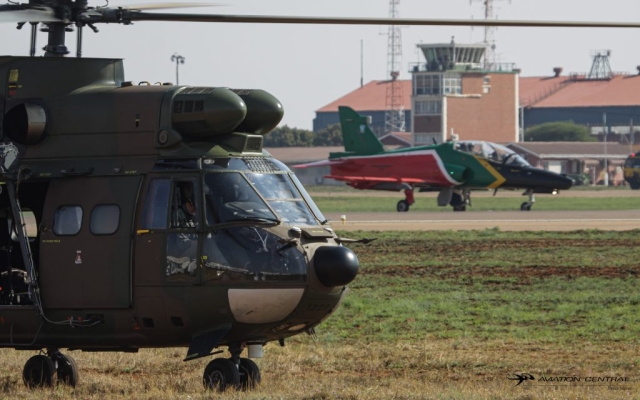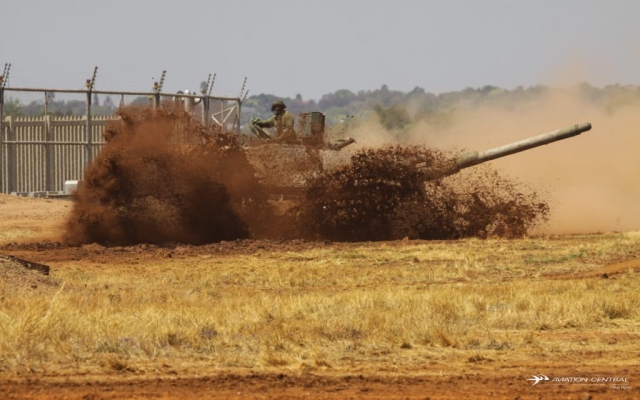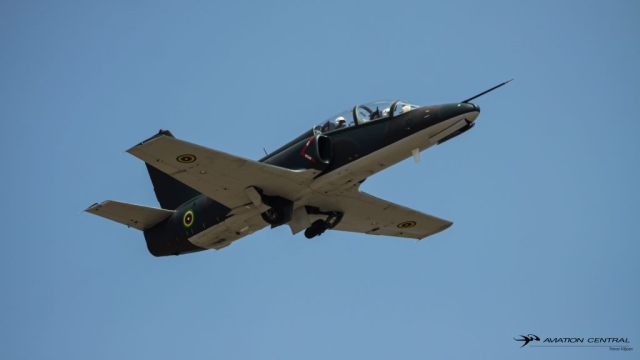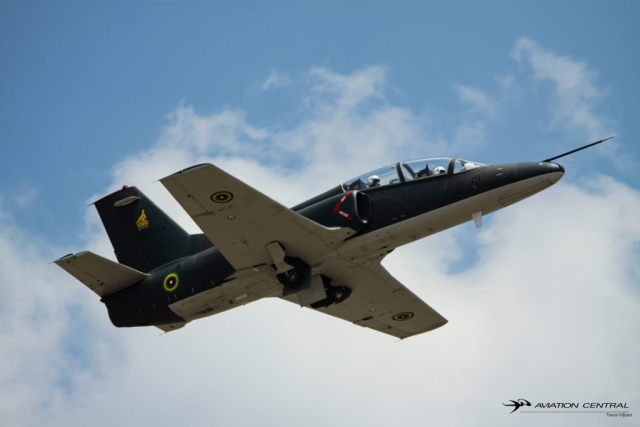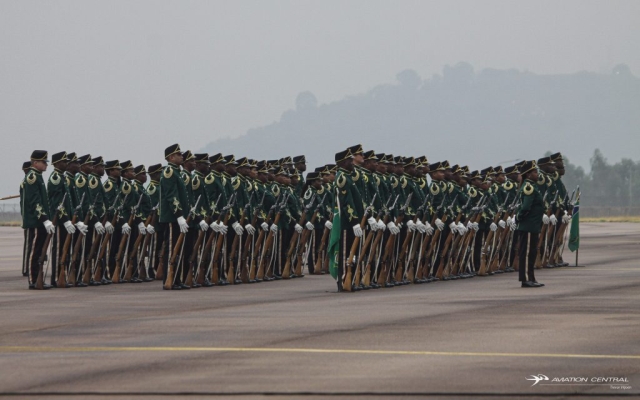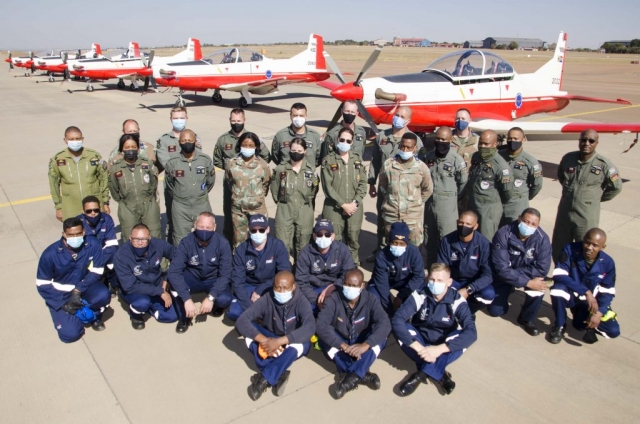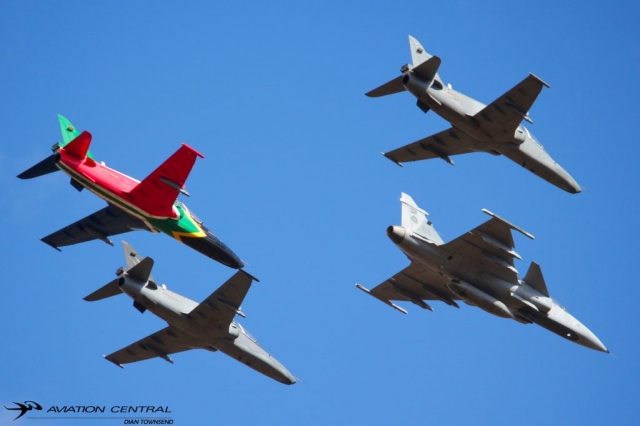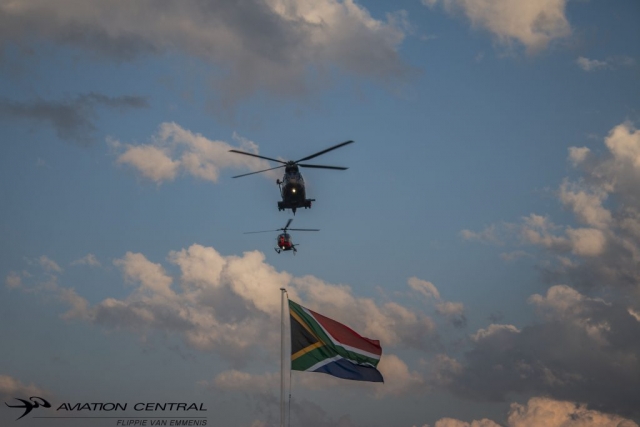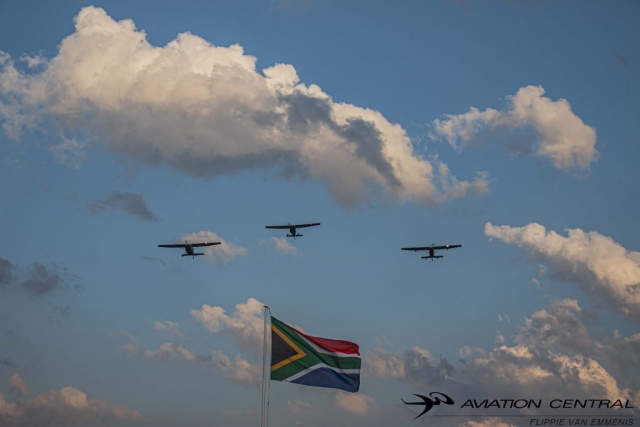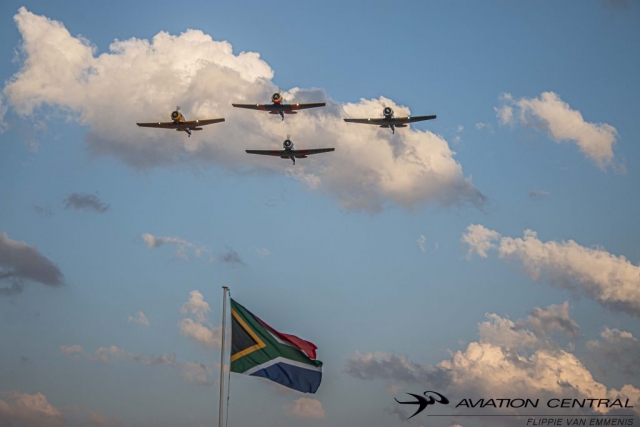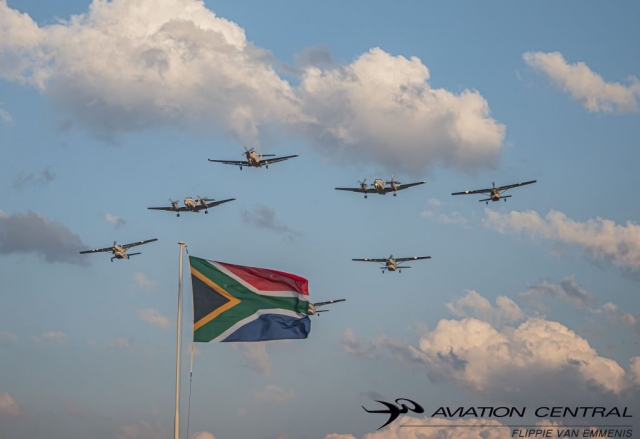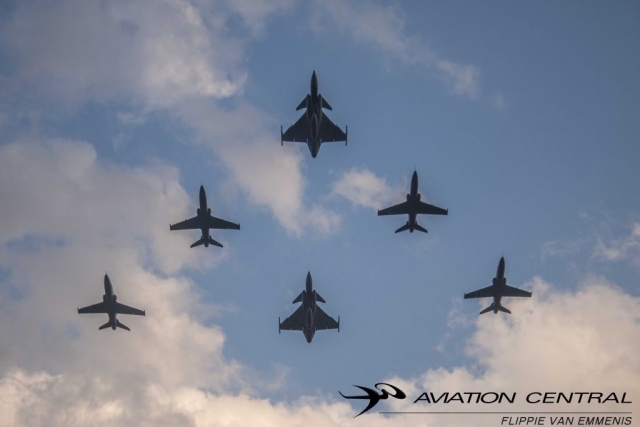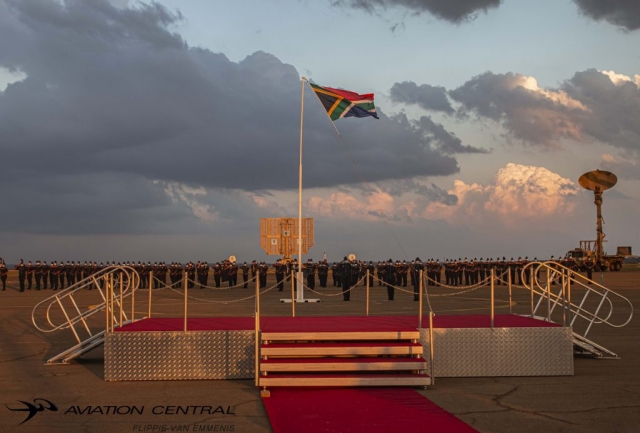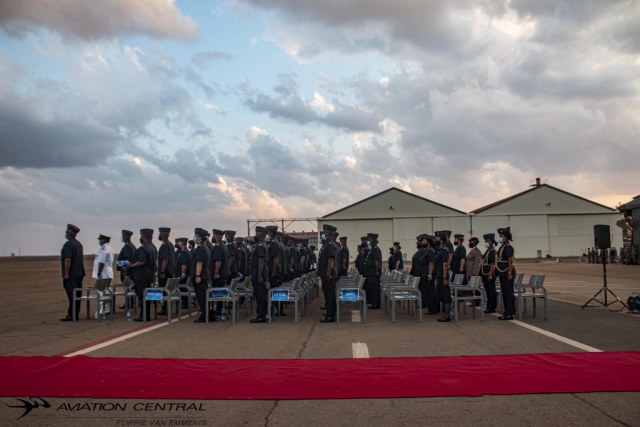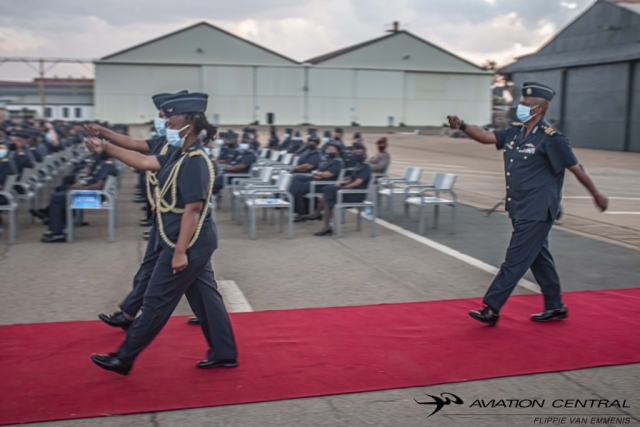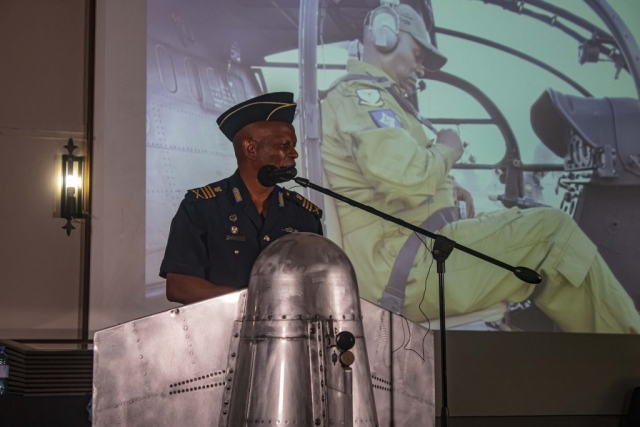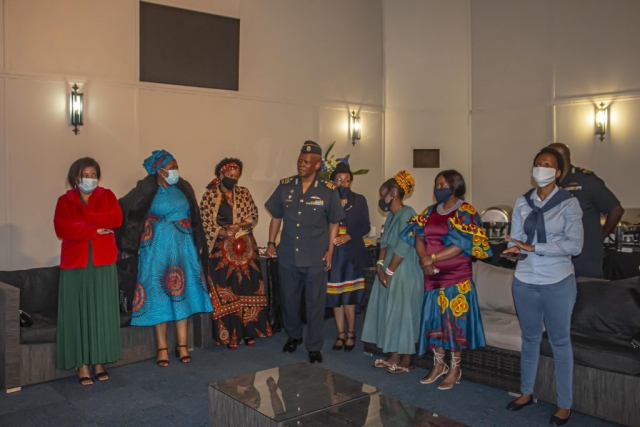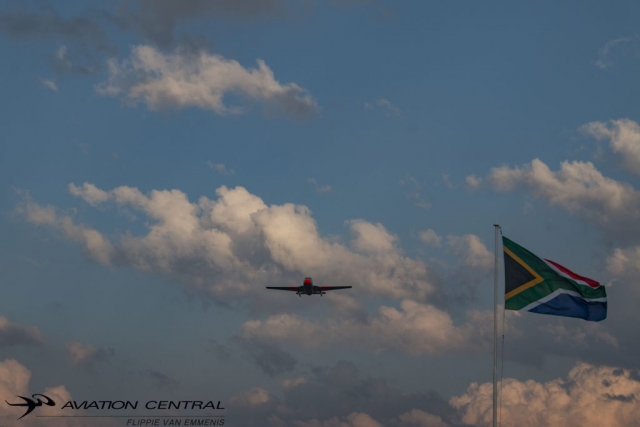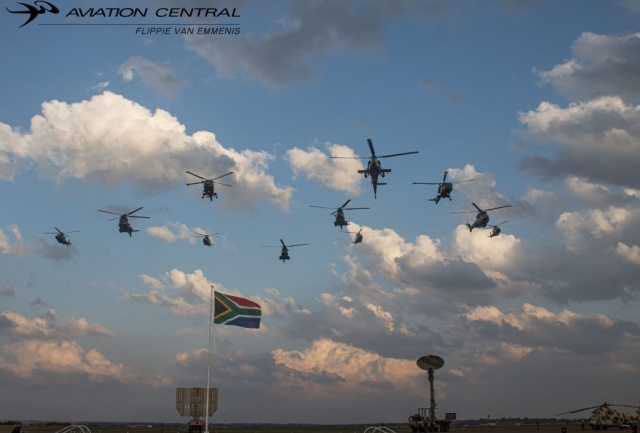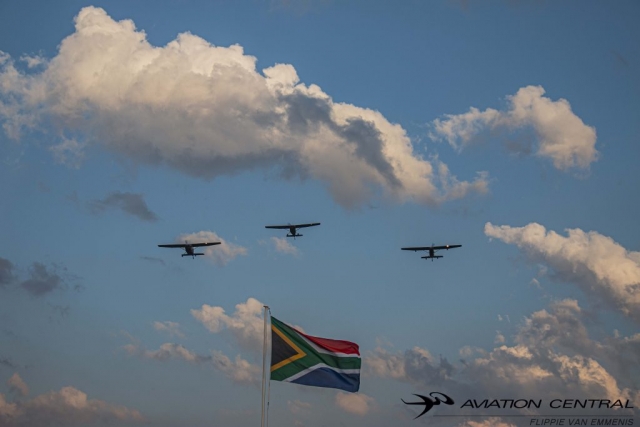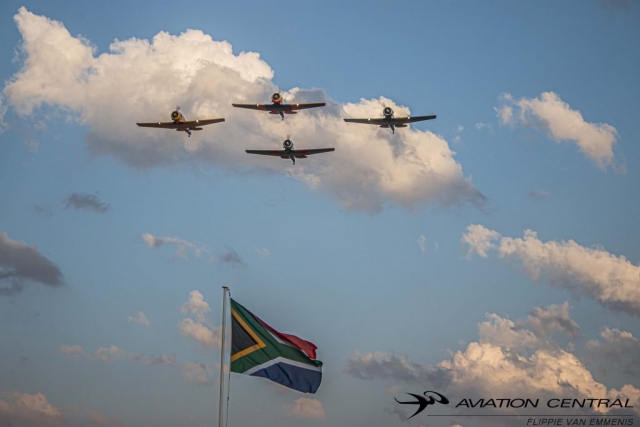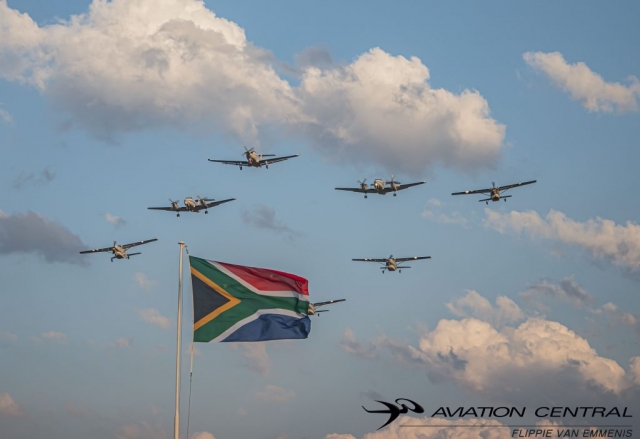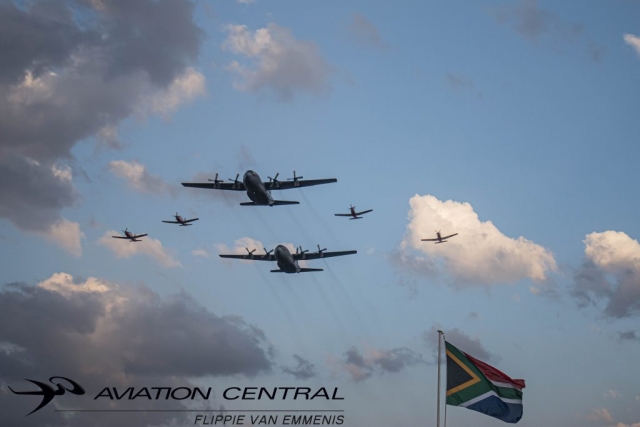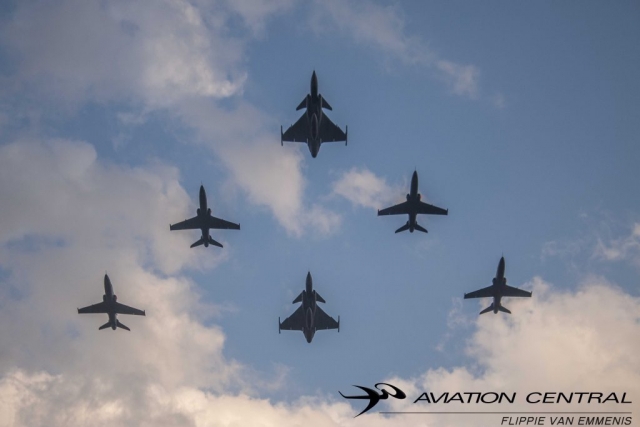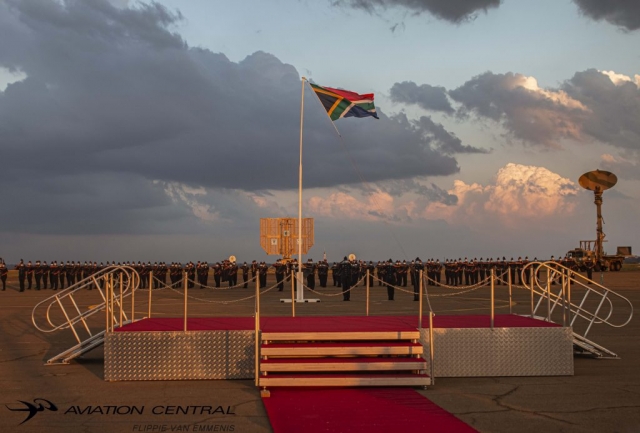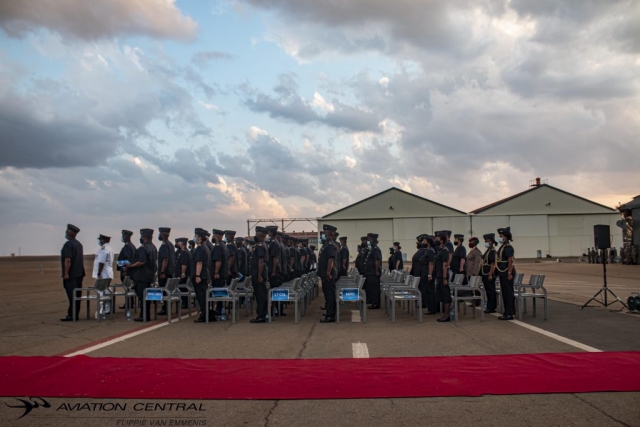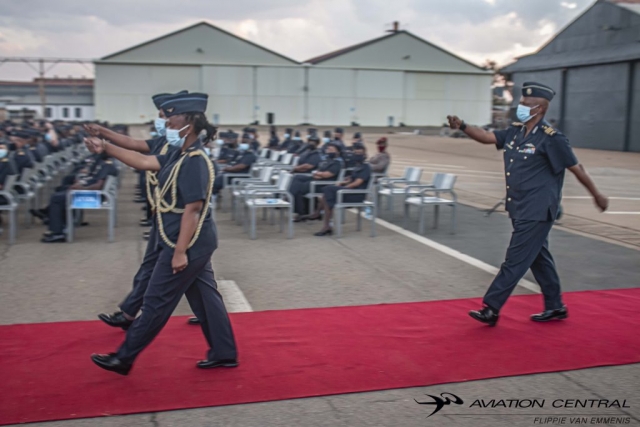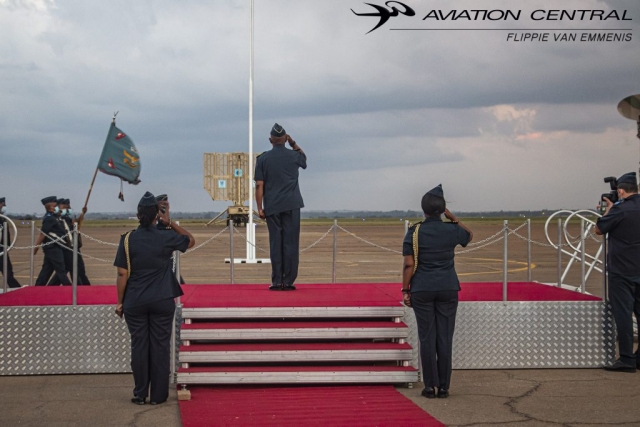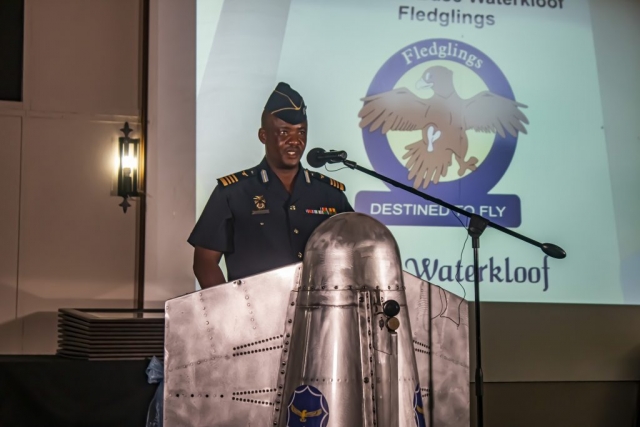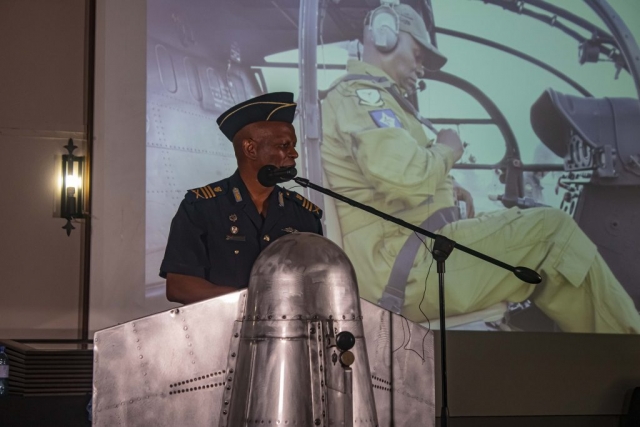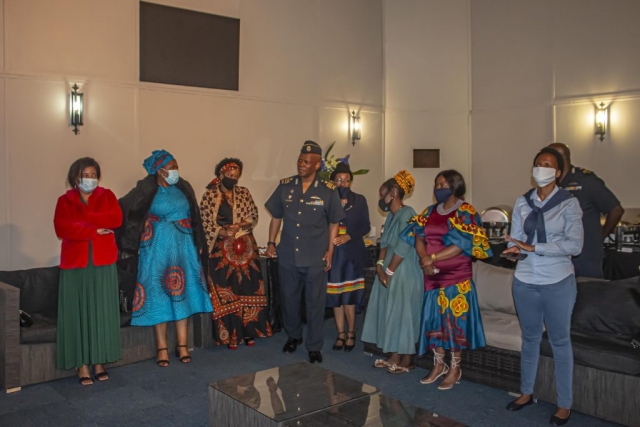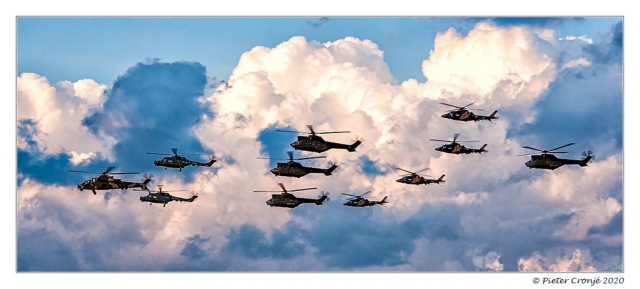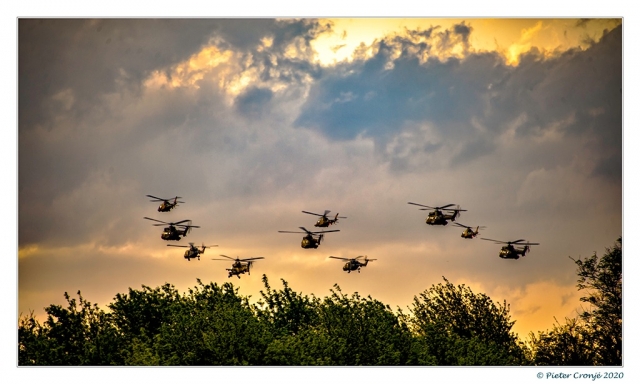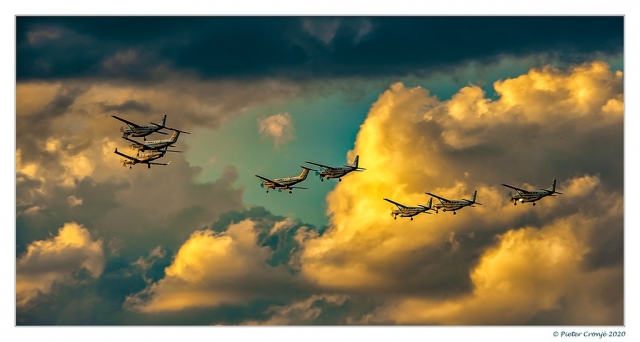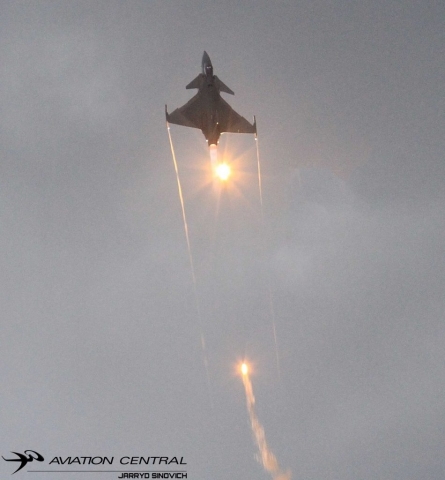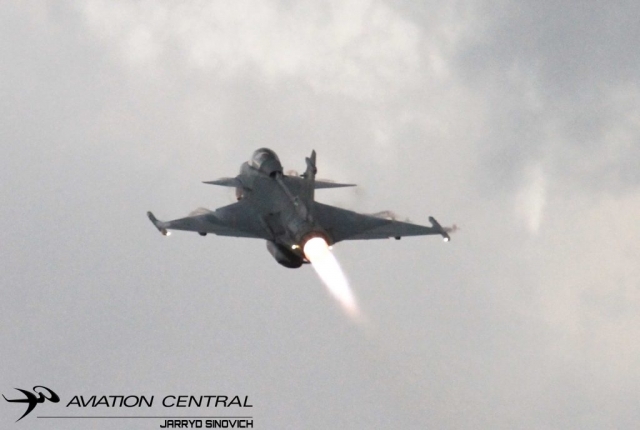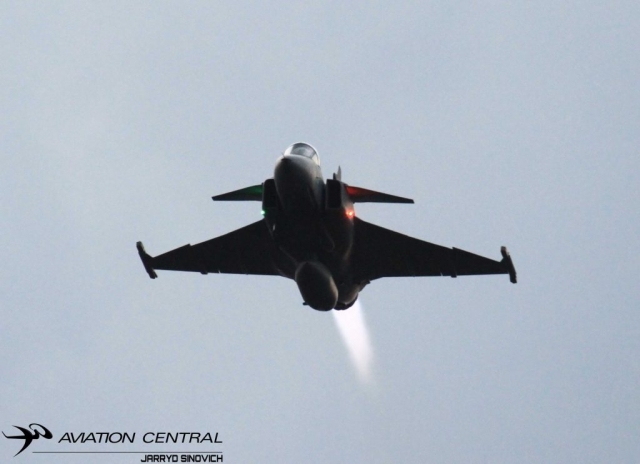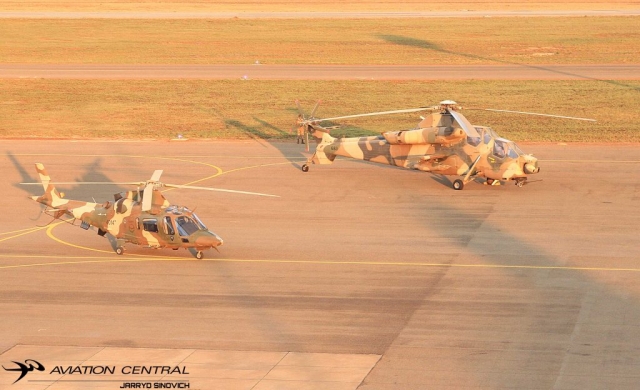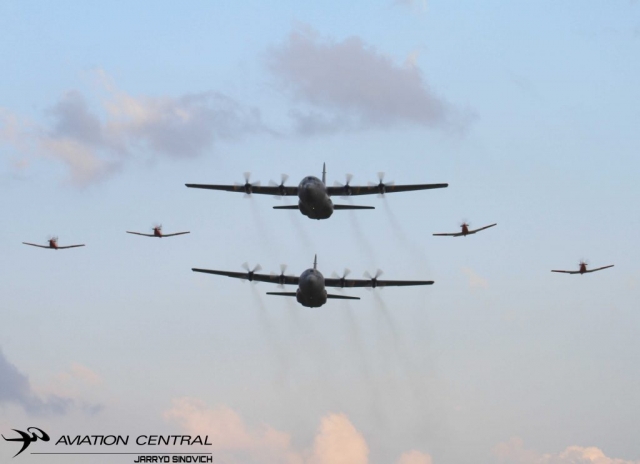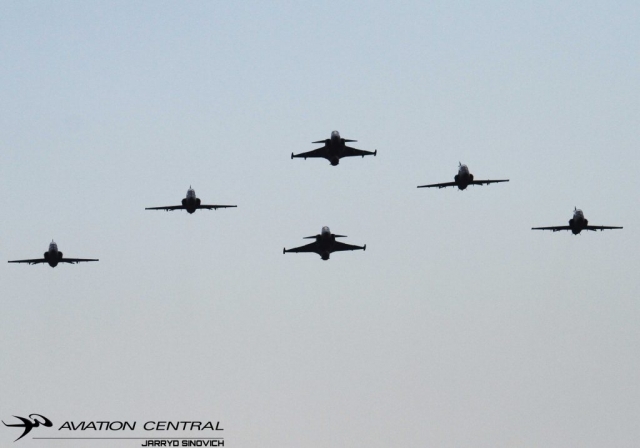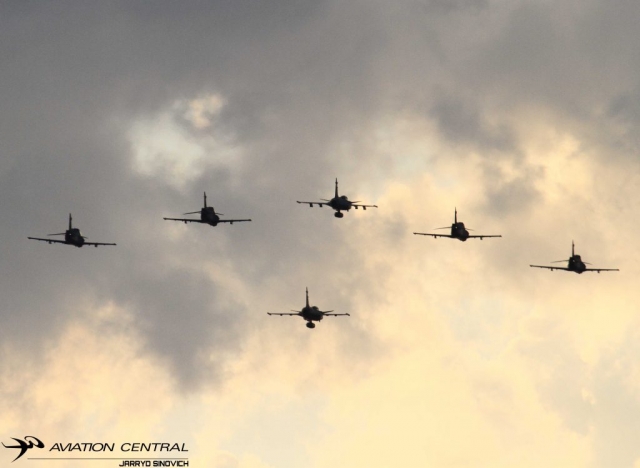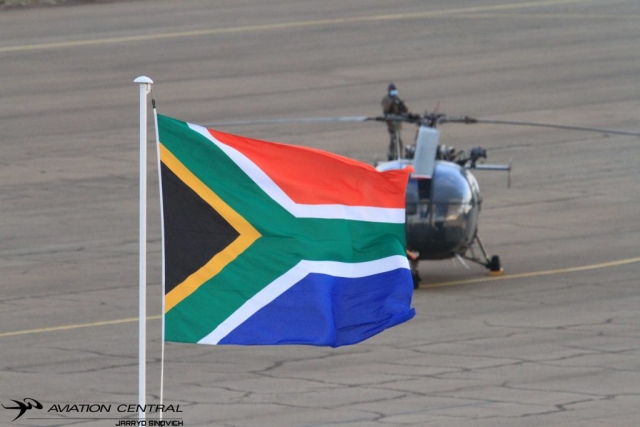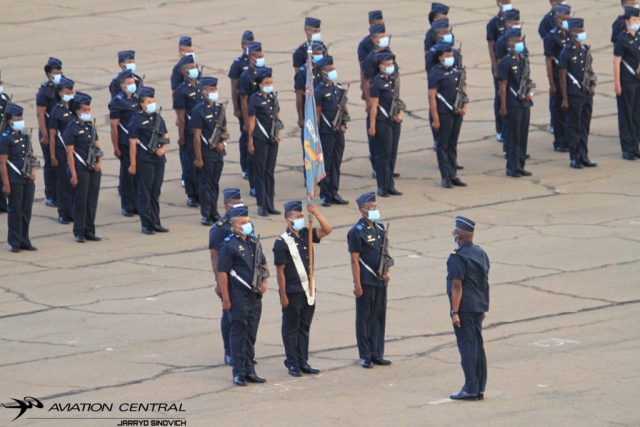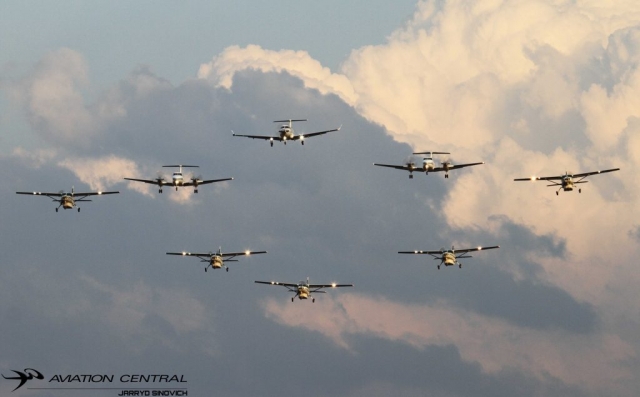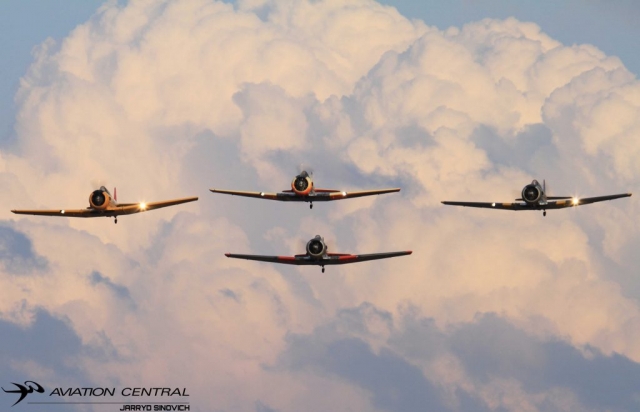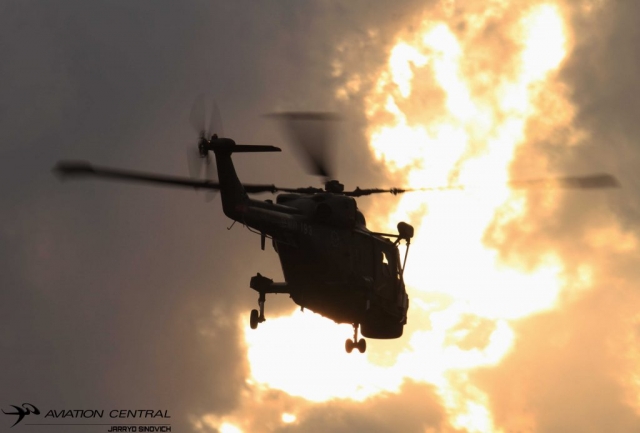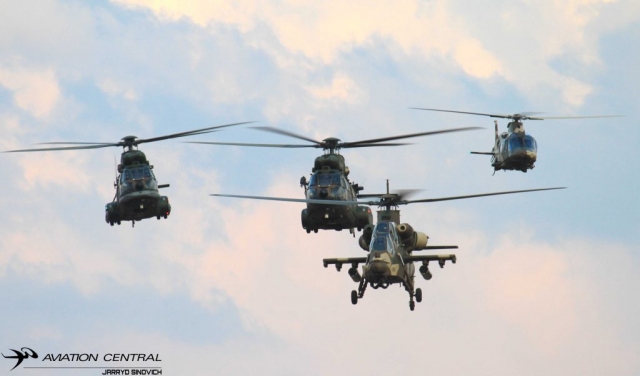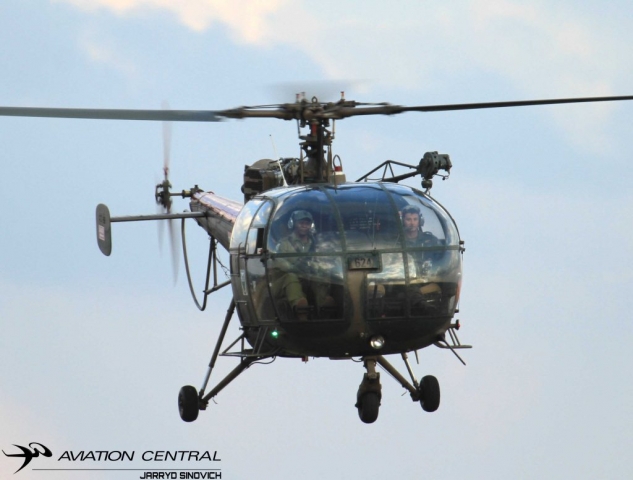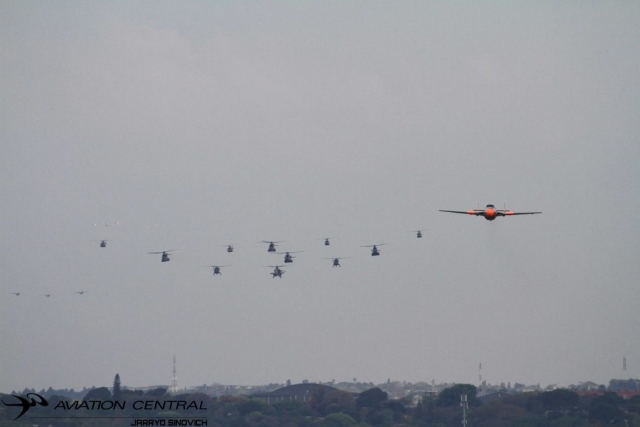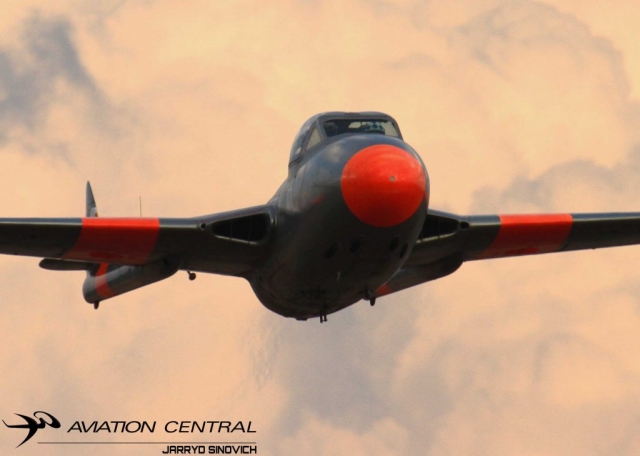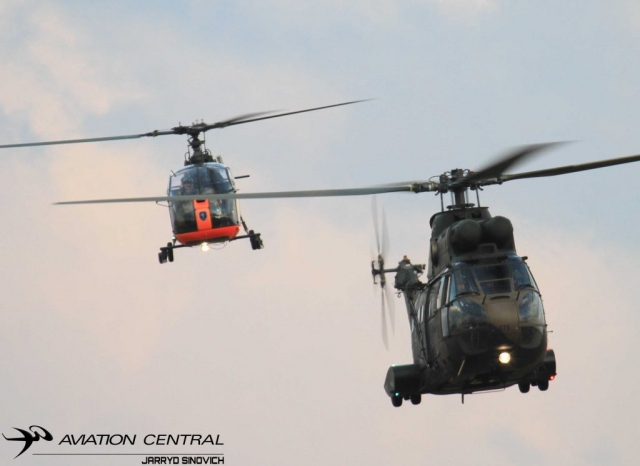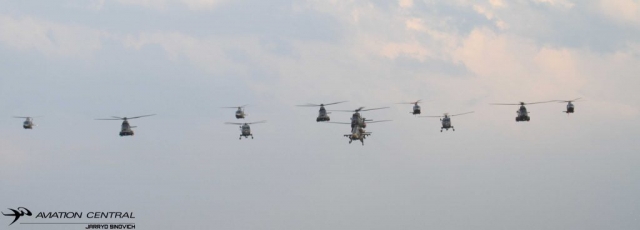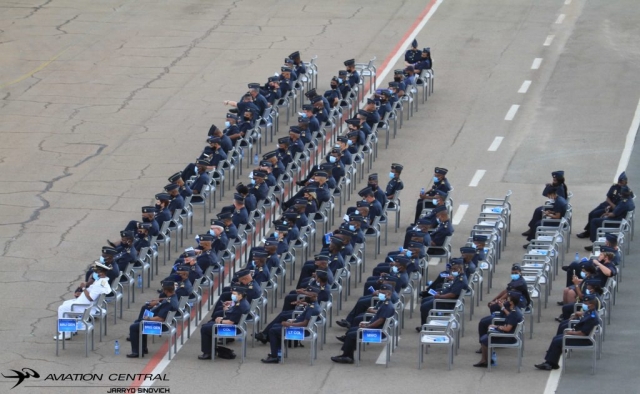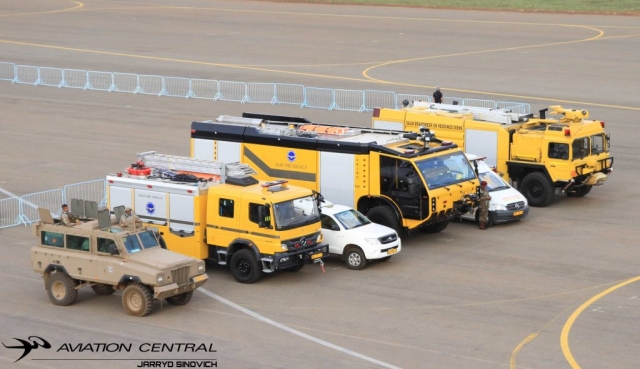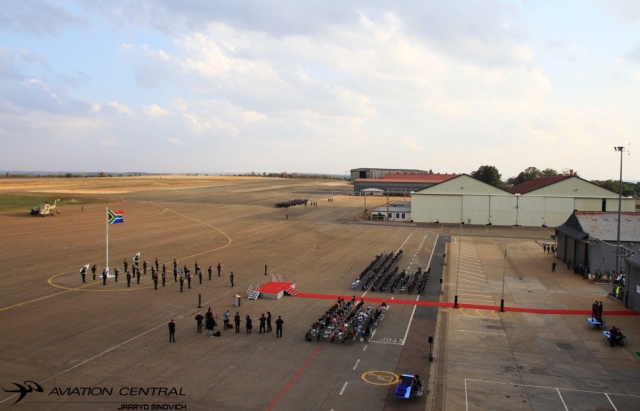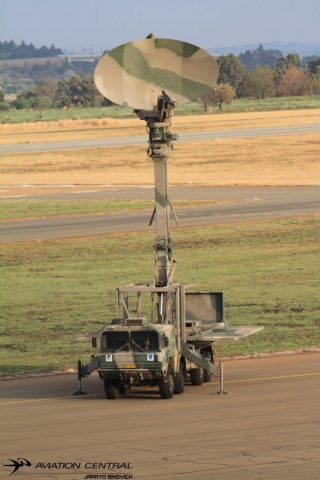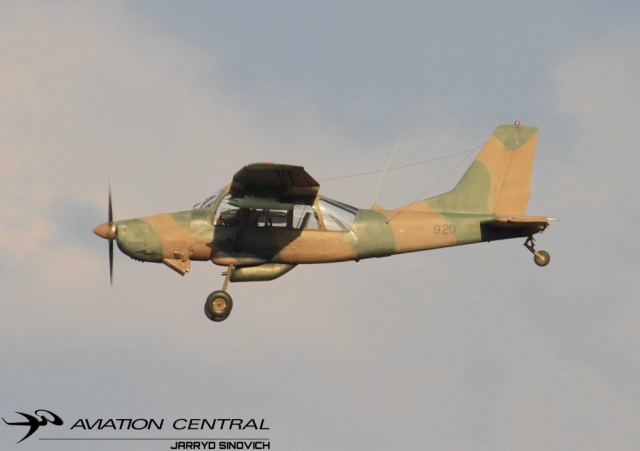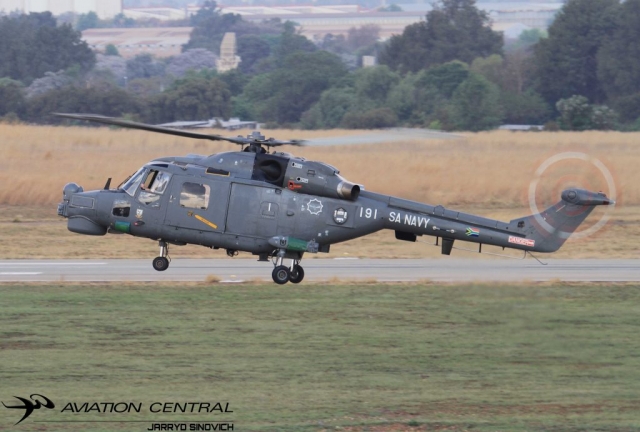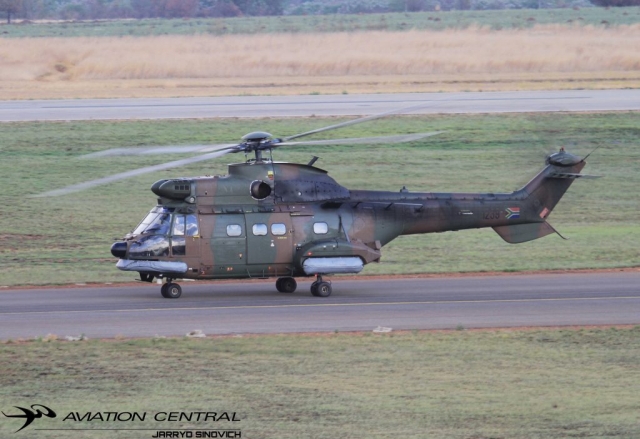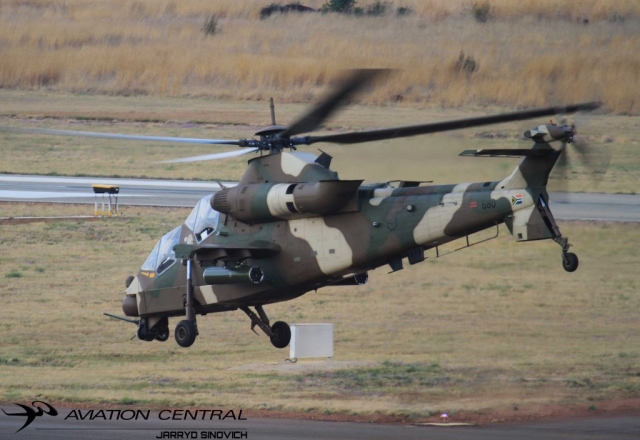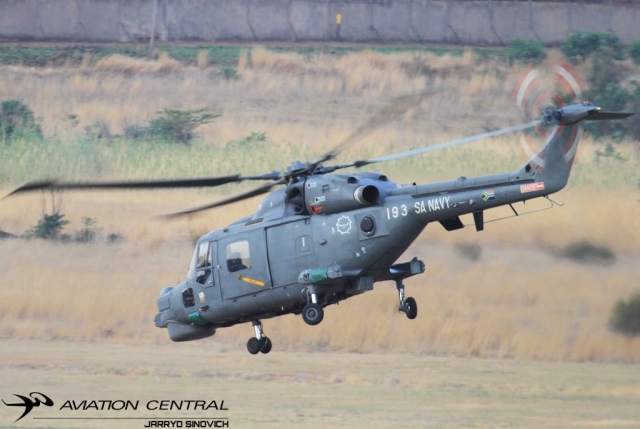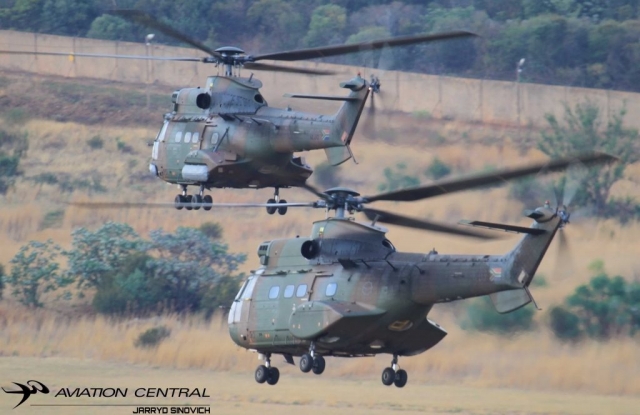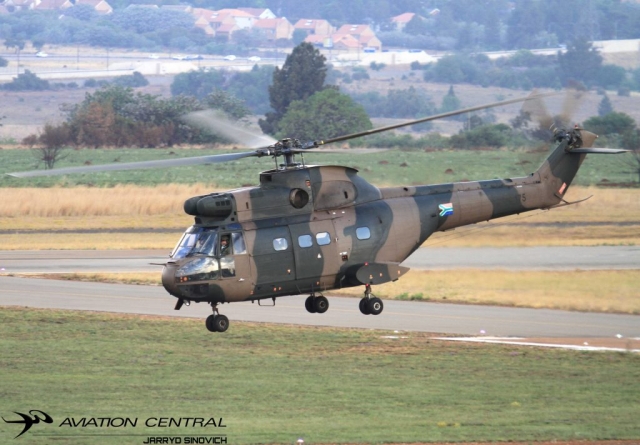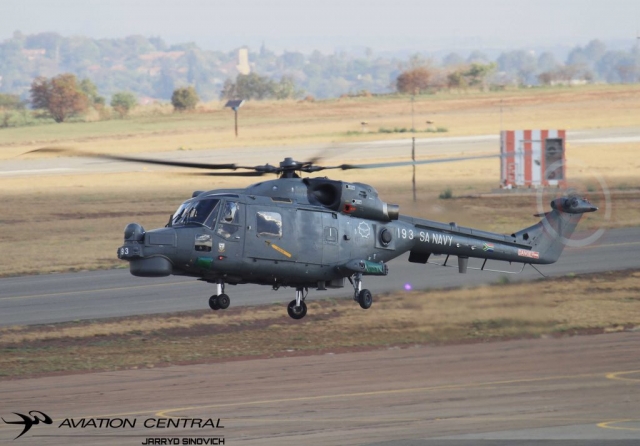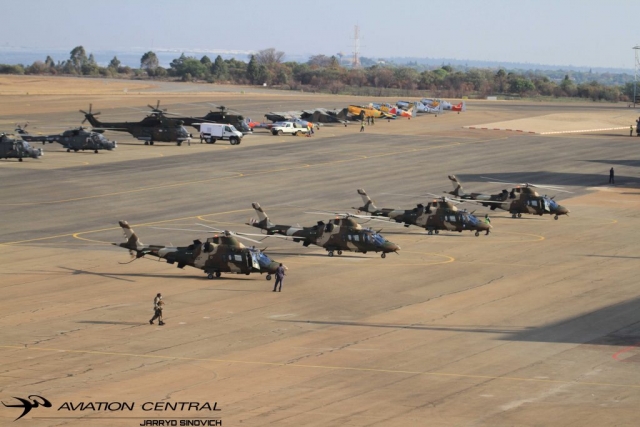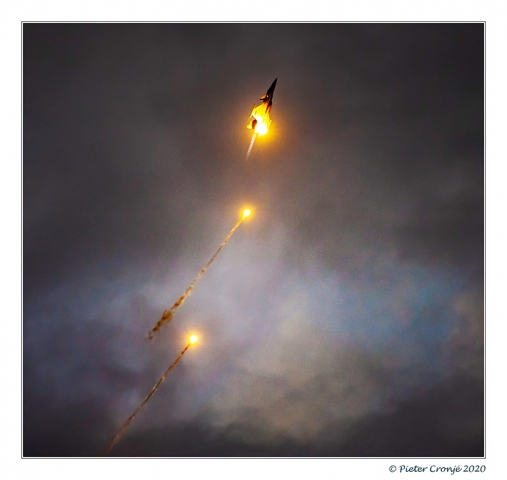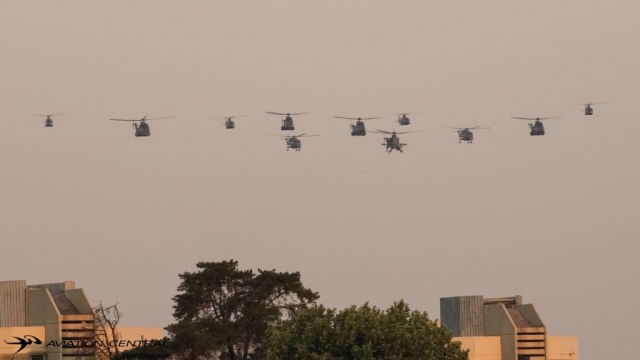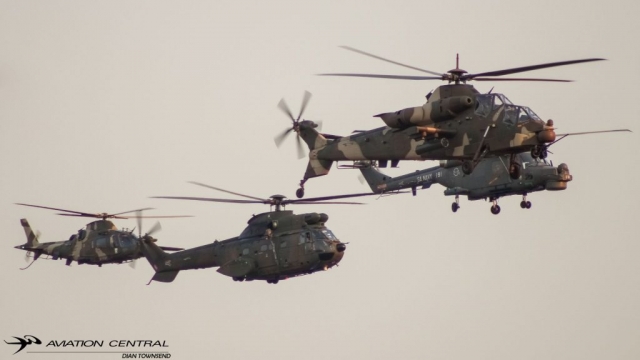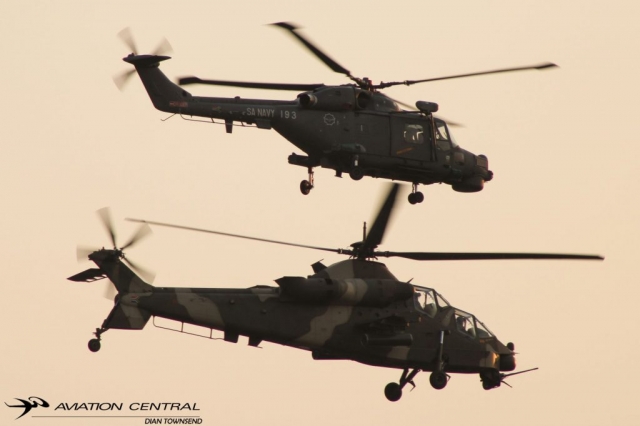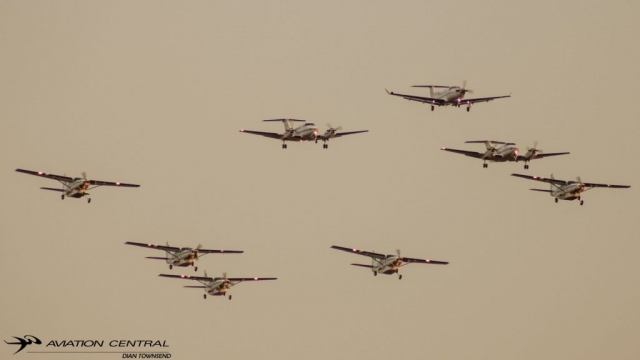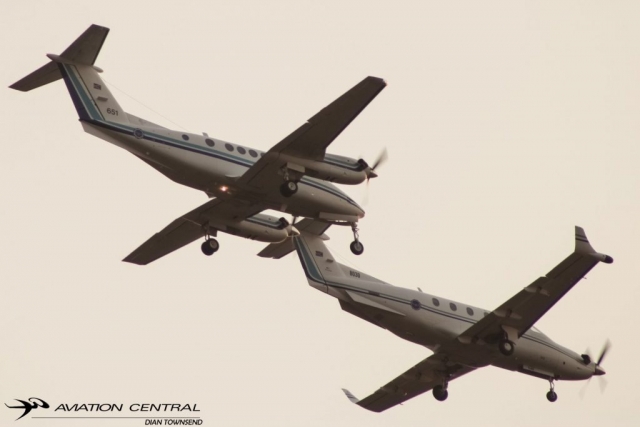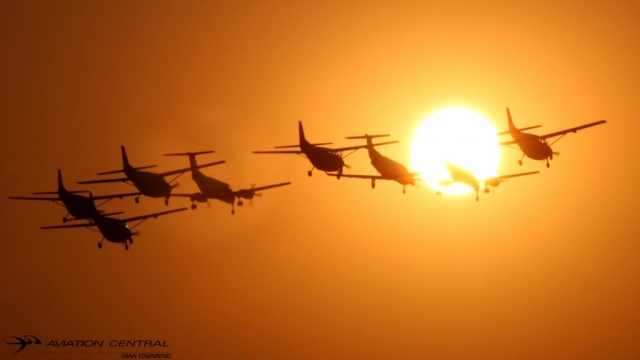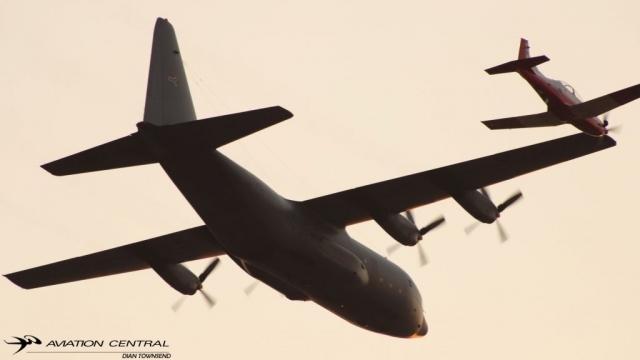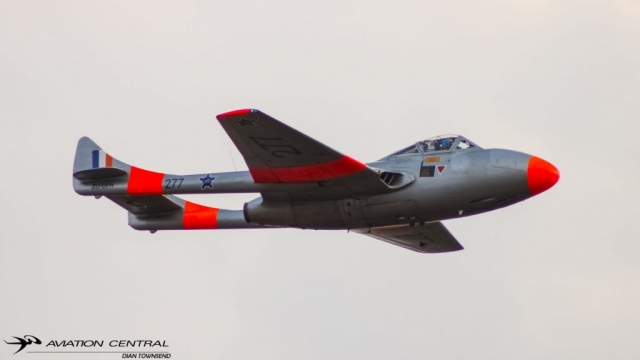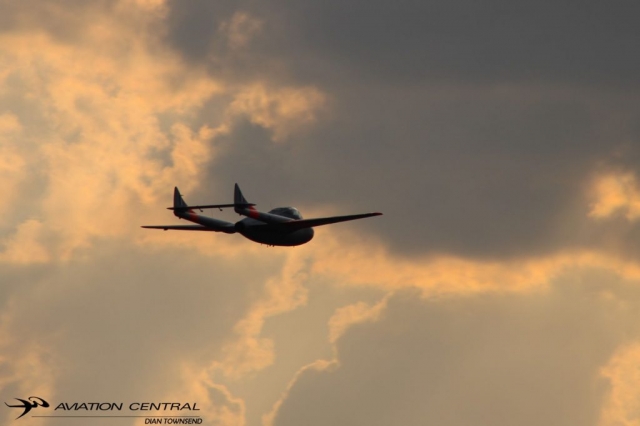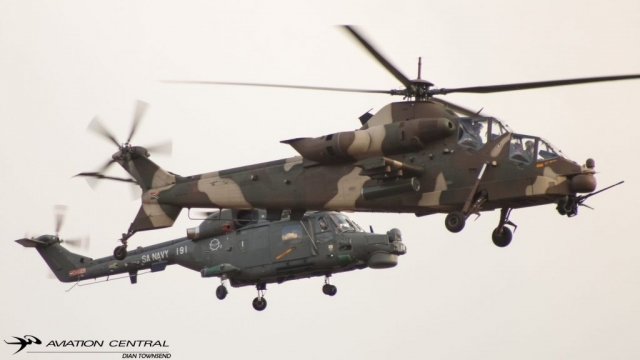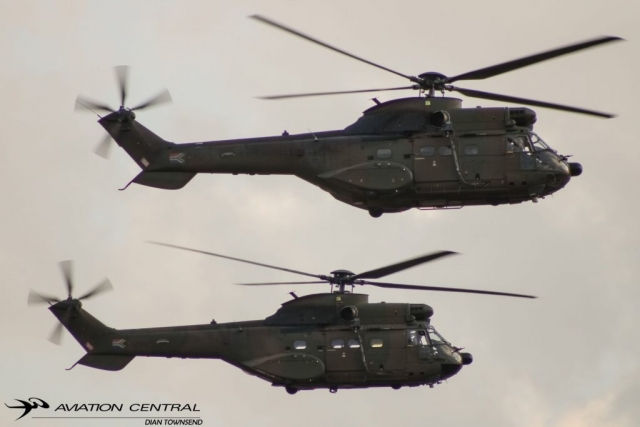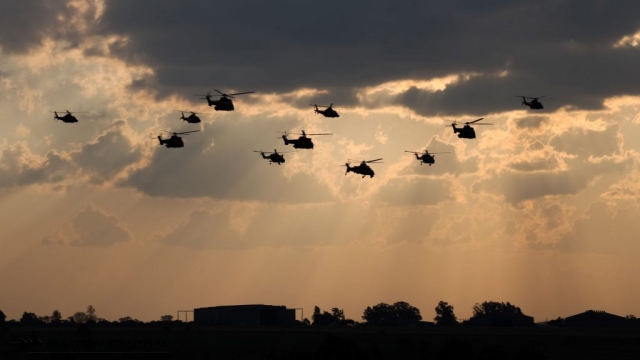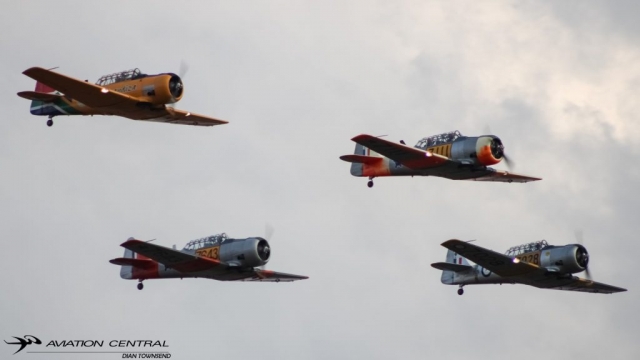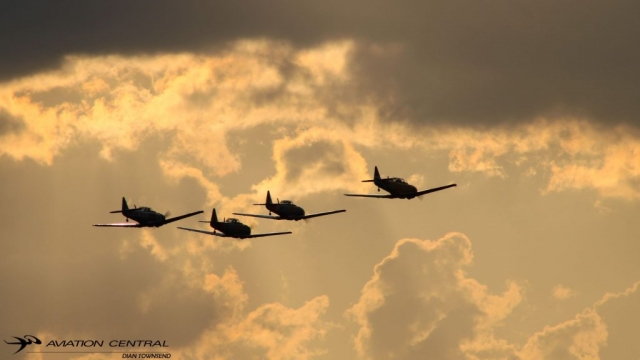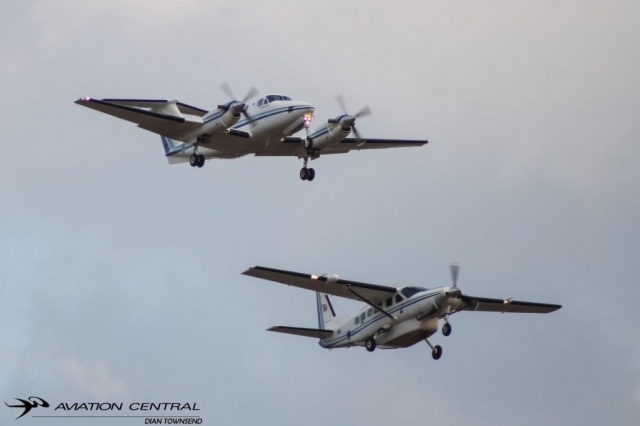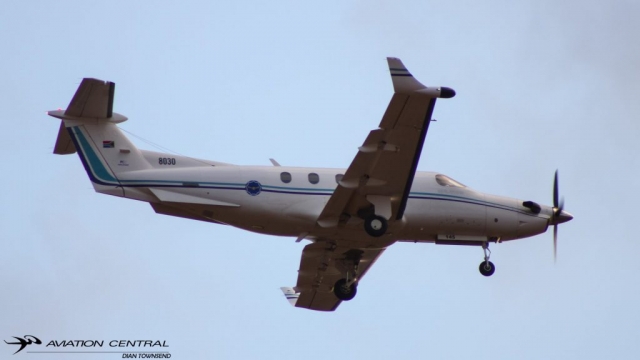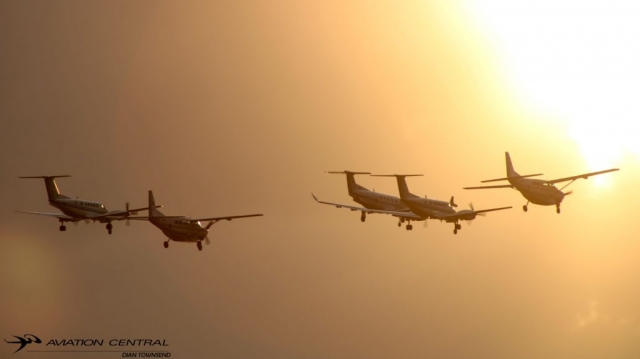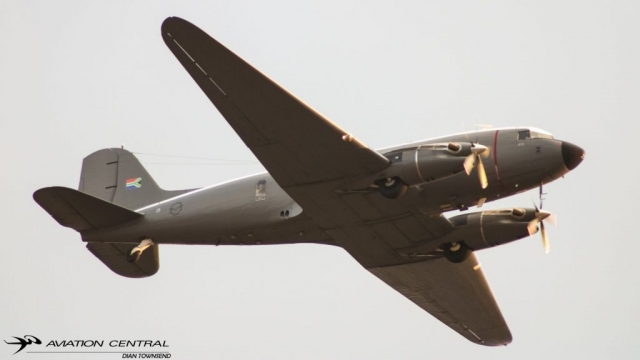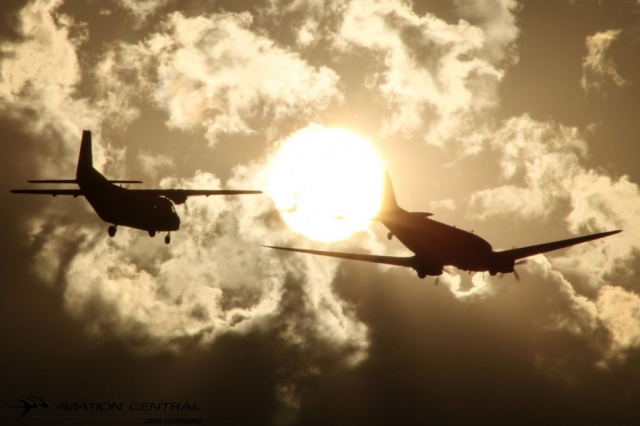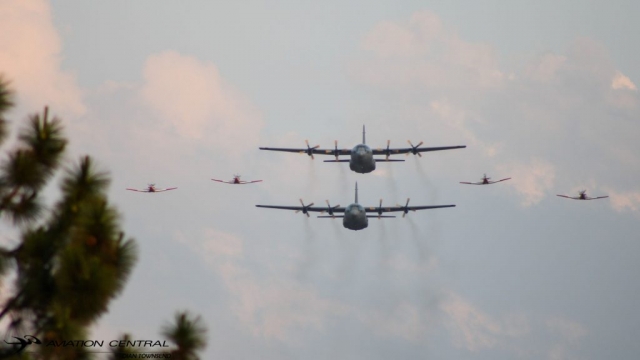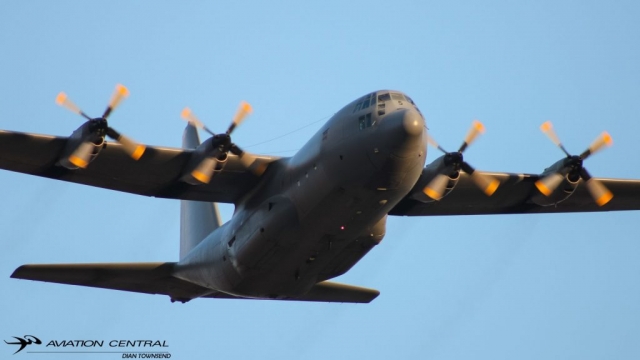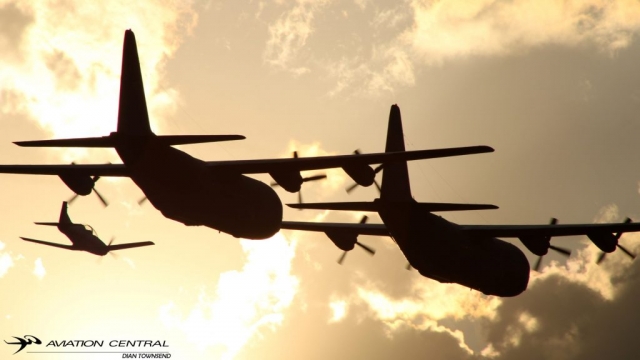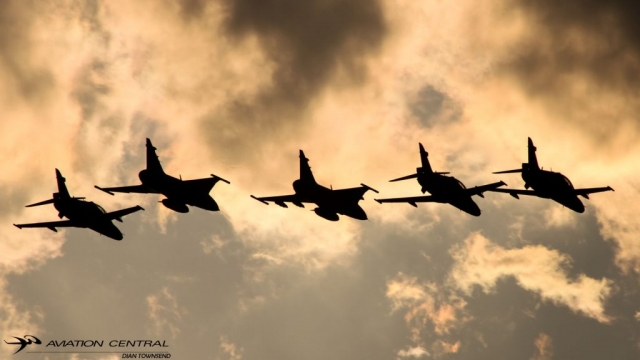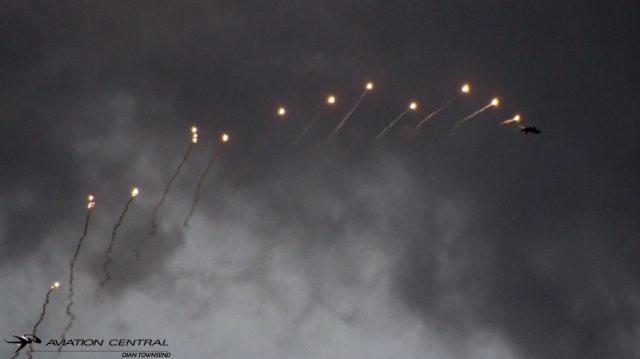Tag Archives: Gripen
Africa Aerospace and Defence 2022
The Africa Aerospace and Defence Exhibition Trade show and Airshow made a welcome return to Air Force Base Waterkloof in the City of Tshwane from 21-25 September 2022. The show hosted three trade days and two airshow days where the public could witness Africa’s biggest airshow.
With the obvious pandemic that we should all be aware of. Africa Aerospace and Defence was not allowed to take place during 2020, as it also formed part of the South African Airforce centenary year.

The first trade show was opened by the minister of defence Thandi Modise. She mentioned
“This eleventh edition of AAD will bring together the largest gathering of aerospace and defence industry decision makers and buyers from around the world, including many from Africa.”
“The defence industry plays a key role in assisting the SANDF to discharge its
constitutional mandate of defending the sovereignty and territorial integrity of
South Africa and to secure our nation. By ensuring security and stability, the
SANDF, in turn, helps to create an enabling environment for economic growth
and development. “
” Through our peacekeeping missions, we are similarly contributing to peace, stability, and prosperity on our continent.”
Before we move on the show, the show would not have happened without the Department of Defence, stakeholders and sponsors, the AAD team, and especially the Airboss Colonel Keith Fryer, Colonel Keith Andrews, and Colonel Keith Wilkinson, Airforce Base Waterkloof for putting such a great show together with your team of ramp controllers, ATCs, pilots and ground crew.

As most of the hangar space was used up by local and foreign exhibitors. The apron had a number of static aircraft from both the South African Air Force and the United States Airforce and Civilian aircraft both fixed wing and helicopters.
Capital Sounds and Brian Emmenis proved a kilometer and more of the audio cable to provide commentary to this year’s AAD.
The sound of Mr airshow brings back all the memories of big airshows at Waterkloof during our youth.
The airshow featured a cavalcade of emergency vehicles that were lucky not needed during the duration of the two airshow days.
Hangar 51 provided a flying display from their Aero L29 Delphin flown by Grant Timms, this was Grant’s first L29 display on the highveld. The L39 Albatross was also displayed as part of the civilian jet contingent by Pierre Gouws.


Andrew Blackwood-Murray flew a solo aerobatic display in his Nashua Extra 300L.

Pierre Gouws also flew the first FlySafair Boeing 737-800 display together with SAFAIRs outgoing Lockheed L100-30.
The Raptor RVs were also led by Pierre Gouws as there provided tight formation aerobatics in form of the kit-built aircraft.



The South African Airforce provided a number of assets to this year’s Africa Aerospace and Defence. 2 Squadron had three Gripens with a flying display by Colonel Musa “Midnite” Mbhokota. Six Hawks, a solo display by Major Rehan “Kaine” Venter.


The Silver Falcons Aerobatic Team with a four-ship route with team 84 flying their first display led by new team leader Major Lucky Malloks. A solo display from Central Flying School Langebaanweg by Falcon 5 Major Diaan Grobbelaar. Major Grobbelaar used to be the Agusta A109LUH display pilot before moving on to Central Flying School to become an instructor.



41 Squadron with the “Pointer formation” consisting of four Cesena C208A Caravans flew a diamond formation before breaking off for singleton flypasts during their show.

A skydive drop made up of members from the Pretoria Military Skydiving club and other units in the SANDF used a 44 Squadron Casa 212 “8011” as their jumpship for their skydive drop.

From the rotary assets, we had 15 Squadron Charlie Flight BK117 display flown by Major Corrie Oberholzer with flight engineer Sargent VD van Dalen, together with Major Paul “Raccoon” Kempthorn in the 16 Squadron Rooivalk.



The highlight of any AAD airshow is the mini-war, in which you get to see a number of helicopters, Transport aircraft, Jets, and armored vehicles.

Three Oryx Helicopters, Two Agusta A109s, Two BK117s, One Rooivalk from various helicopter squadrons from across South Africa, Casa 212-300, C130BZ, and four Hawk MK120 made up of the aerial assets in that slot of the program.



The South African Police Airwing also put on a threat-type scenario of a hijacked Cessna Sovereign that got escorted by two 85 Combat Flying School Hawk MK120s. Once on the ground SAPS task force and bomb squad members were brought in by SAPS Airwing Airbus H125 and 15 Squadron BK117s helicopters.



The United States Airforce brought two Boeing C17 Globemasters, a KC46 Pegasus Tanker, HC130 Combat King Hercules, and an HH-60 Pavehawk Helicopter. The HC130 and Pavehawk provided a flying display of aerial refueling.



The Airforce of Zimbabwe was present with a Casa 212 and two K8s. The K8 display was flown by display pilots wing commander Lizwe Mahlangu and squadron leader Norman Taurai Marodza.

The South African Airforce Museum flew most of its flying exhibits, two Alouette IIs, two Alouette IIIs, Aerospatiale Puma, and two Cessna C185s, and a solo display included. Solo Aerobatics from Harvard “Nelson” 7111 display by Martin “Marlow” Louw. A Kudu was also a jump ship for a few Pretoria Military Skydive members.



Juba Joubert flew an Alouette II display and Andre van Zyl flew the Magni Gyrocopter display. Henley Air also displayed two of their Bell 222s.



Menno Parsons was welcomed back at AAD with the only flying type of its kind on African soil the P51D “Mustang Sally”.

High-energy aerobatics were performed by the Iveco Extra 330s flown by Nigel Hopkins and Jason Beamish. The two also flew in the Goodyear Eagles Pitts Specials team joined by Johan von Solms and Trevor Warner.


Ivan and Jeandre van der Schaar performed their first display at AAD with the Classic radial Boeing Stearman and RC Extra aircraft duo or better known as the father and son duo.


Excujet provided a display of their Challenger business jet that was seen flying on Saturday and a brief appearance of a Learjet 45 on Friday’s validations.

The Hired Gun Pitts specials also flew their four Pitts specials on the afternoon slot of the show on Saturday.
Flare drops were probably the highlight for any camera user from 28 Squadron on their Lockheed C130BZ, 85 Combat Flying School Hawk MK120, and 16 Squadron Rooivalk during the later part of the program of the show on both days.



The Puma Flying Lions Harvards led by Scully Levin performed a sunset show on both Saturday and Sunday bringing a fittingly spectacular end to AAD 2022.

Well done to everyone involved. We were proud to be the official media partner during the duration of the trade and Airshow and build up to the event
We look forward to the ninth edition of AAD in 2024. Join the #AAD2024 event page by clicking on the banner below!

Please Browse Through Our Pictures Below
THE SOUTH AFRICAN AIR FORCE AND SAAB GRIPEN CONTRACT
Some good news as received in a press release on 6 December 2021
“After a lengthy discussion between the South African Air Force (SAAF), through Armscor and SAAB on the contract concerning the Gripen, proposals have been presented by both parties and are being reviewed to ensure that the matter is conclusively dealt with by the parties concerned.
It is unfortunate that the discussions took longer than expected as a result, negatively impacting on the Air Defence capability.
The SAAF is confident that a solution will be found to resolve this matter.
Due to the sensitivity around the discussion, the negotiations cannot be made public.
ENDS. “
Saab strengthens ties to Quebec and Canada through CRIAQ partnership
This collaborative relationship aims to leverage Quebec’s R&D ecosystem’s strengths to encourage the development of collaborative research projects between Saab and Canadian industry, as well as universities and research organizations.
This collaboration has been formed to support Saab’s future Industrial and Technological Benefit (ITB) commitments, if the Gripen fighter is selected for Canada’s Future Fighter Capability Project (FFCP).

“The quality and breadth of aerospace research and innovation in Canada is globally recognised, with the Quebec region home to many excellent companies and institutions. Therefore, it was natural to reach this agreement with an important organisation like CRIAQ. We look forward to working together to benefit research and the fostering of talent in Quebec,” said Jonas Hjelm, Senior Vice President and Saab’s Head of business area Aeronautics.
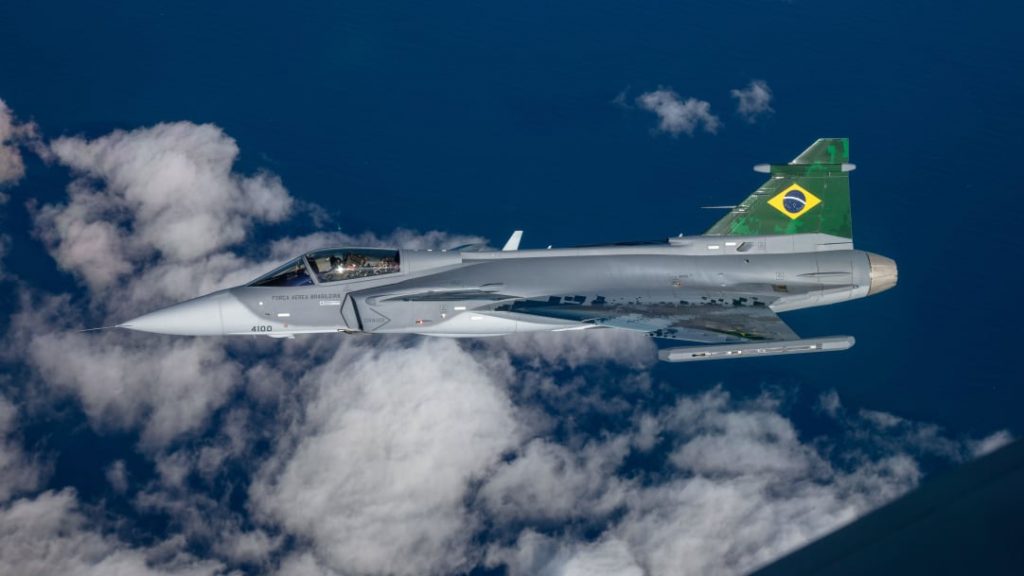
“During such unsure times within the industry, this partnership demonstrates that the aerospace industry in Quebec and Canada remains attractive and world class. We are very pleased with this signing as we continue to develop our aerospace industry, adding a new global player to our ecosystem. I am convinced that CRIAQ’s academic, industrial and SME community, and the Quebec economy as well, will clearly benefit from this international collaboration,” said Alain Aubertin, CEO of CRIAQ.

The ITB Policy is the government’s main tool for leveraging procurement to create jobs and economic growth in Canada. Saab has submitted an offer of 88 Gripen E fighters for the Canadian FFCP, and a core element of the Gripen industrial offering includes CAE in Montreal, Quebec who will supply training and mission systems solutions.
First Brazilian Saab Gripen E Arrives in Brazil
The first Brazilian Saab Gripen E single-seat fighter aircraft has arrived in Brazil on Sunday, September 20, Saab announced.
The aircraft arrived through sea after been shipped from Norrköping in Sweden.
The first Brazilian Gripen is a test aircraft (39-6001, tail number FAB4100) and has been flying in Sweden since its maiden flight on August 26, 2019. In September that year, the aircraft arrived to start the flight test programme for flight envelope expansion as well as testing of tactical system and sensors.

Brazil has ordered 28 Gripen E single-seat jets that will be delivered to Brazil starting from 2021 and eight Gripen F twin-seat jets, starting from 2023. Saab is to building first 13 aircraft at its facility in Linköping, Sweden, while the remaining 23 will be built in Brazil.
Earlier this year, Saab performed the fist metal cut for the first Brazilian Gripen F, marking an important milestone in the program. The first part was manufactured recently at Saab’s facilities in Linköping, Sweden and is for the air duct section, just behind the cockpit of the aircraft.
Saab Aeronáutica Montagens (SAM) in Brazil, Saab’s first aerostructures plant outside of Sweden for the Gripen E/F, has recently announced the start of production in support of the program. This site builds sections of Gripen, which will then be delivered to the final assembly facilities at the Embraer plant in Gavião Peixoto, São Paulo, Brazil and to Linköping, Sweden.

The tail cone and front fuselage of the single-seat version of the Gripen fighter (Gripen E) are the first aerostructures to enter into production at SAM. Subsequently, the aerodynamic brakes, rear fuselage, wing box and front fuselage for the two-seater version will also be manufactured at SAM.
Gripen fighter aircraft for Croatia
On 9 September 2020, the Swedish government sent its proposal for twelve new Saab JAS39C and JAS39D Gripen fighter aircraft to Croatia. The Swedish embassy in Croatia and the Swedish Defence Material Administration (FMV) handed over the government-to-government proposal.
The Hrvatske Zračne Snage (Croatian Air Force) is looking to replace its long plagued MiG-21 fleet. Initially, Croatia purchased an upgrade for its MiG-21s plus some additional MiG-21bis from UkrSpetsExport and Odesaviaremservice in Odessa (Ukraine), but, some time after delivery, Croatia found that four of the five aircraft had falsified documents and parts installed.

These four aircraft were declared unreliable and unsafe to operate and were withdrawn from use. Now only four MiG-21bis and four MiG-21UM two-seaters remain airworthy. The Minister of Defence announced the MiG-21 fleet will be obsolete in 2023/2024 because of the remaining flight hours and available spare parts dwindling.In 2018, Croatia decided to opt for twelve F-16 Barak aircraft from Israel over the quotation from the USA. The deal was blocked by the United States, as the US government has an end-user-agreement for the Israeli F-16s and they must approve the sale of any of its aircraft that are up for sale to a third party.
Israel requested such an approval, but this request was denied.Croatian media reported that a new Request for Proposal (RFP) was sent to seven countries: USA for new F-16s, Sweden for new Gripens, Greece/Israel/Norway for secondhand F-16s, Italy for used EF2000s and France for used Rafales.

The deadline for sending in bids was 7 May 2020. A decision was expected around August and the contract was to be signed before the end of this year. But this will likely be delayed because of COVID-19.Sweden has submitted an official proposal and officially announced the offer also includes a custom made strategic cooperation package, which would boost the Croatian defence industry, and benefit Croatian security by building a long-term partnership with strategic sectors. It is not known if the other countries have submitted their bids to Croatia or if Sweden is the only country that made a proposal.






































